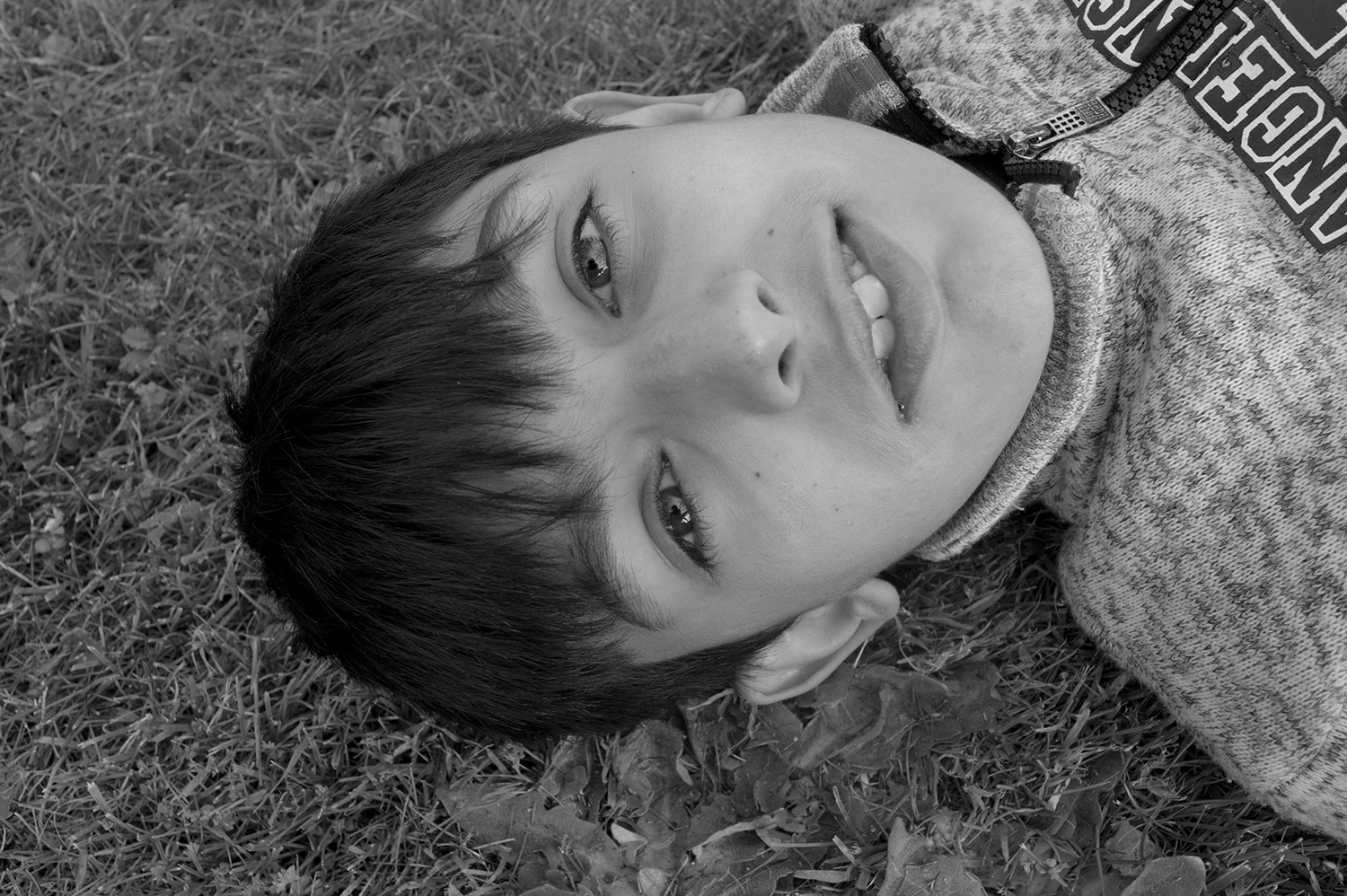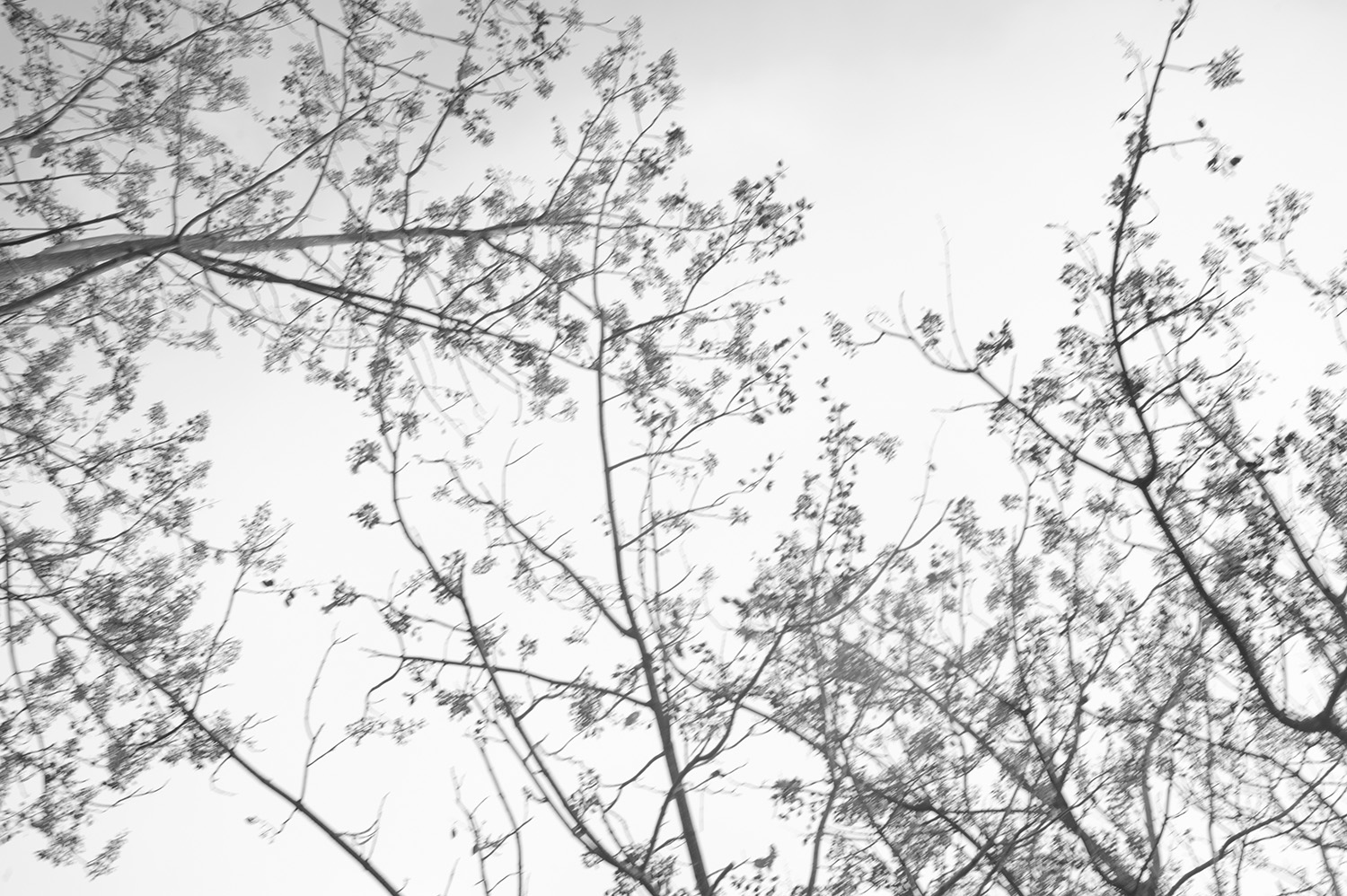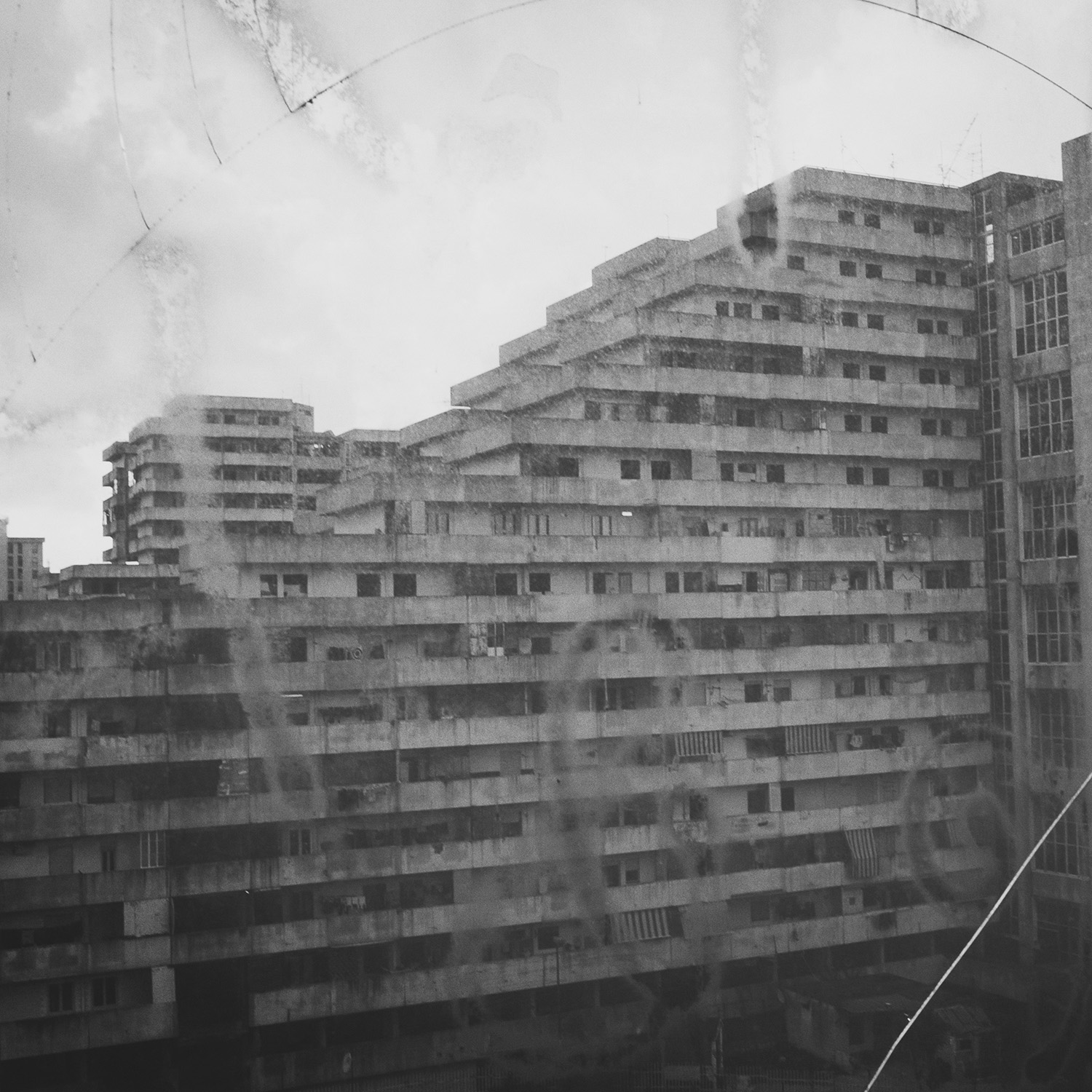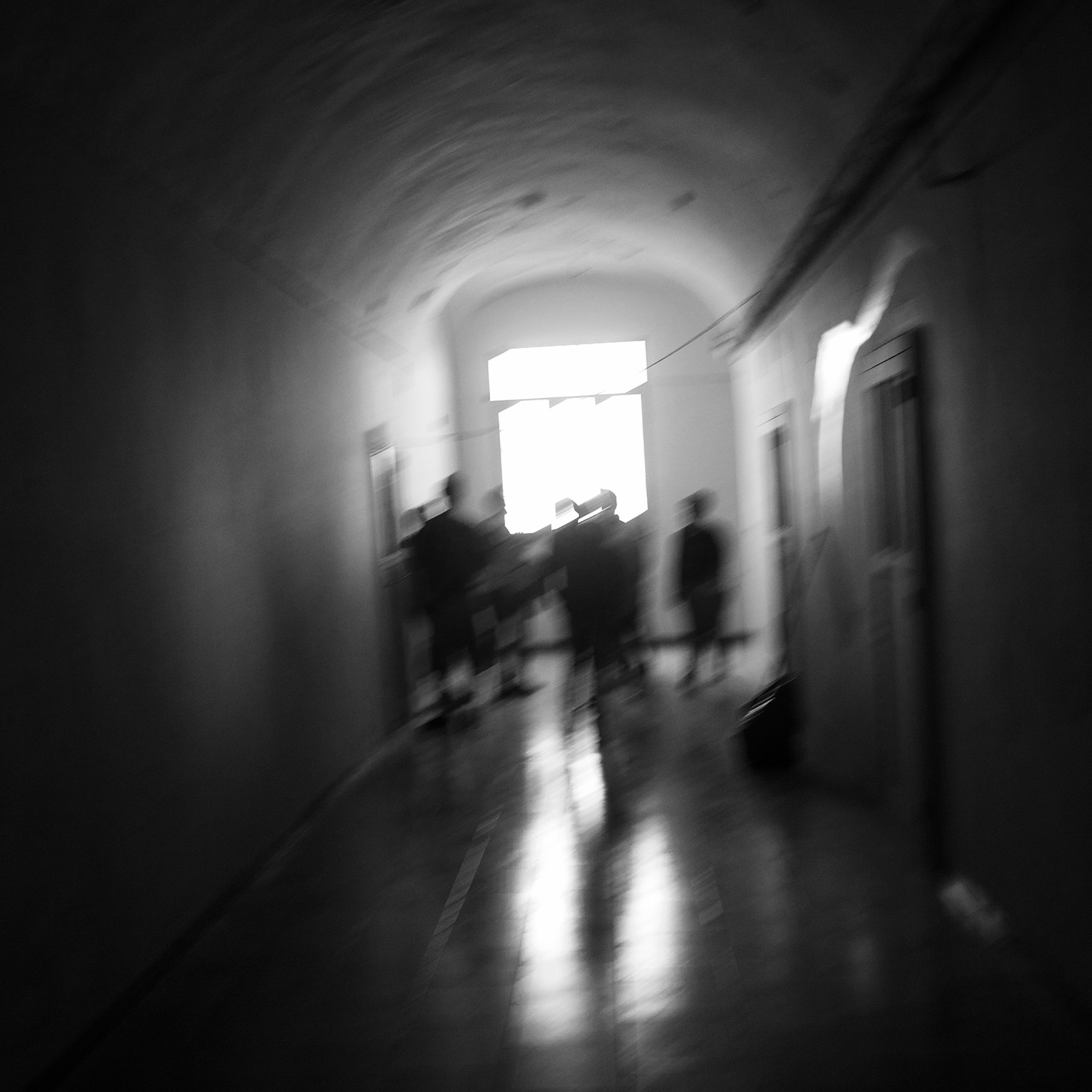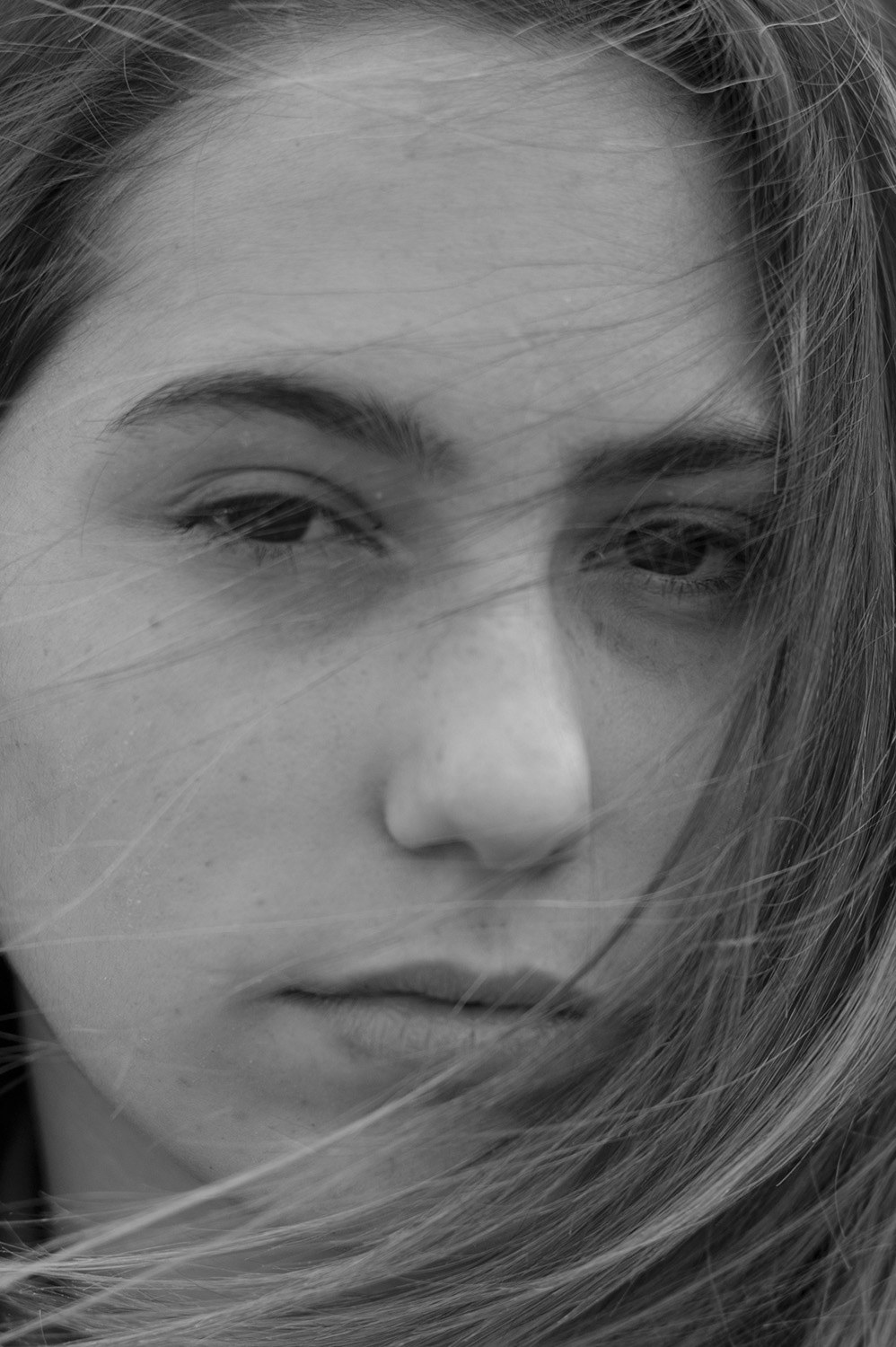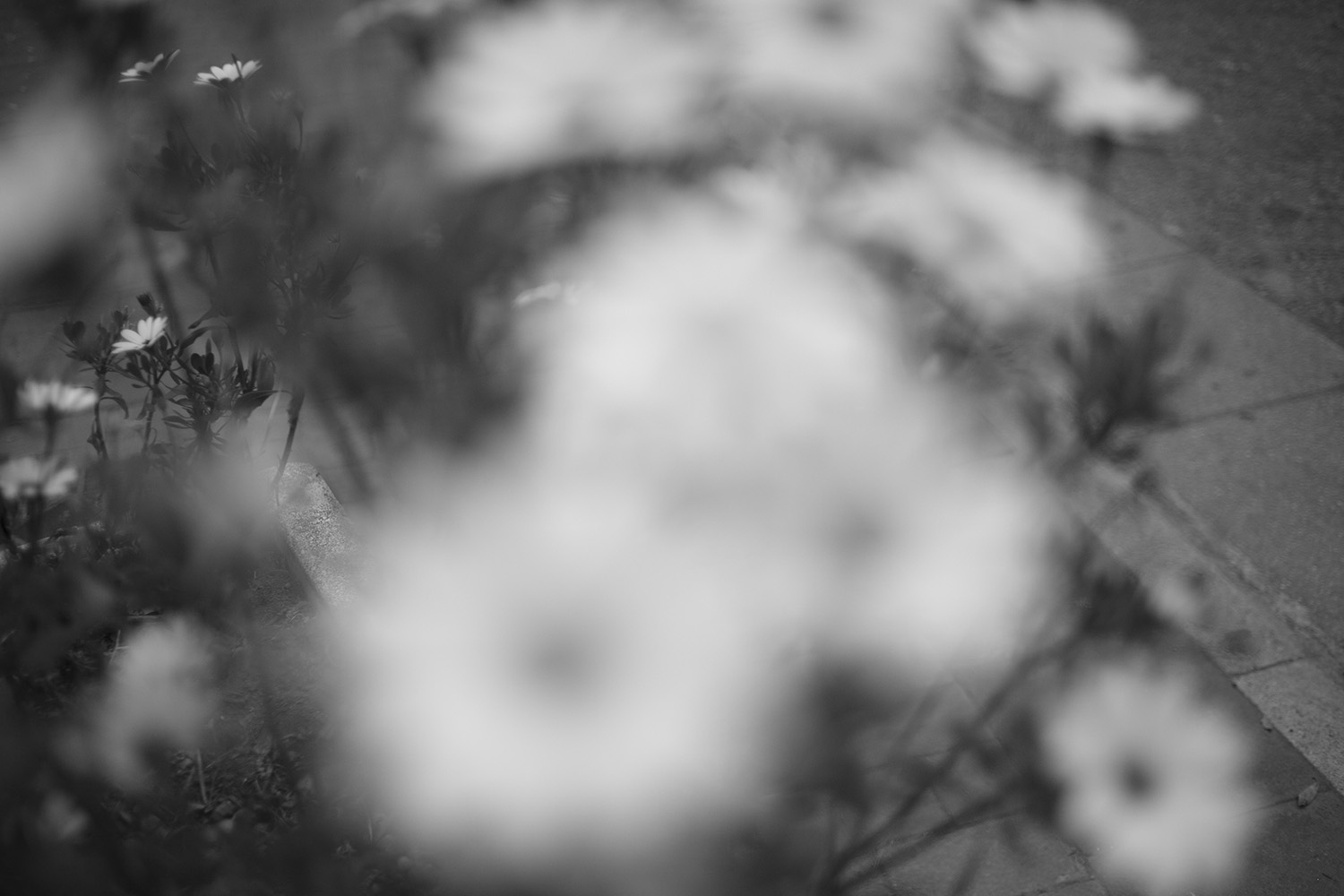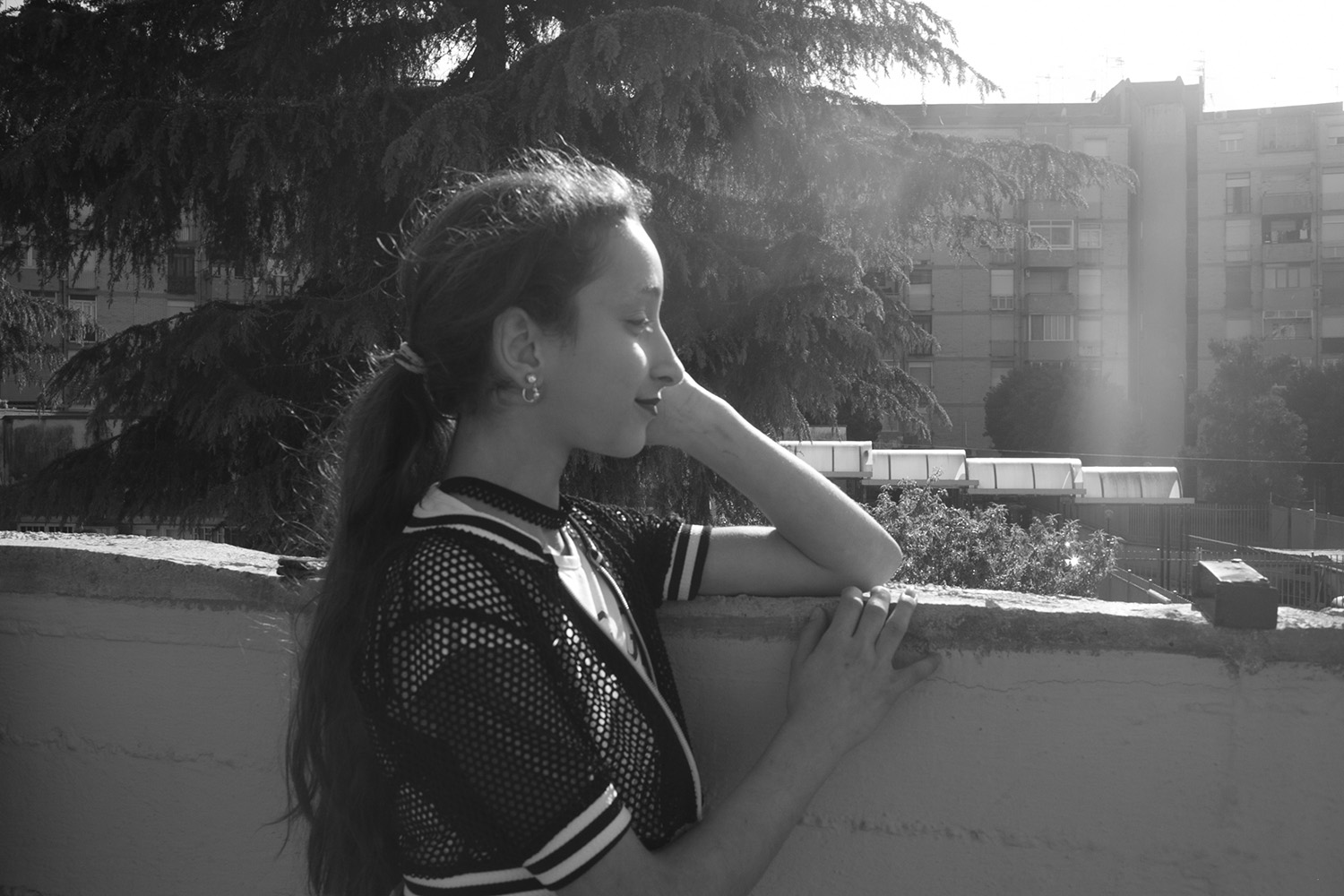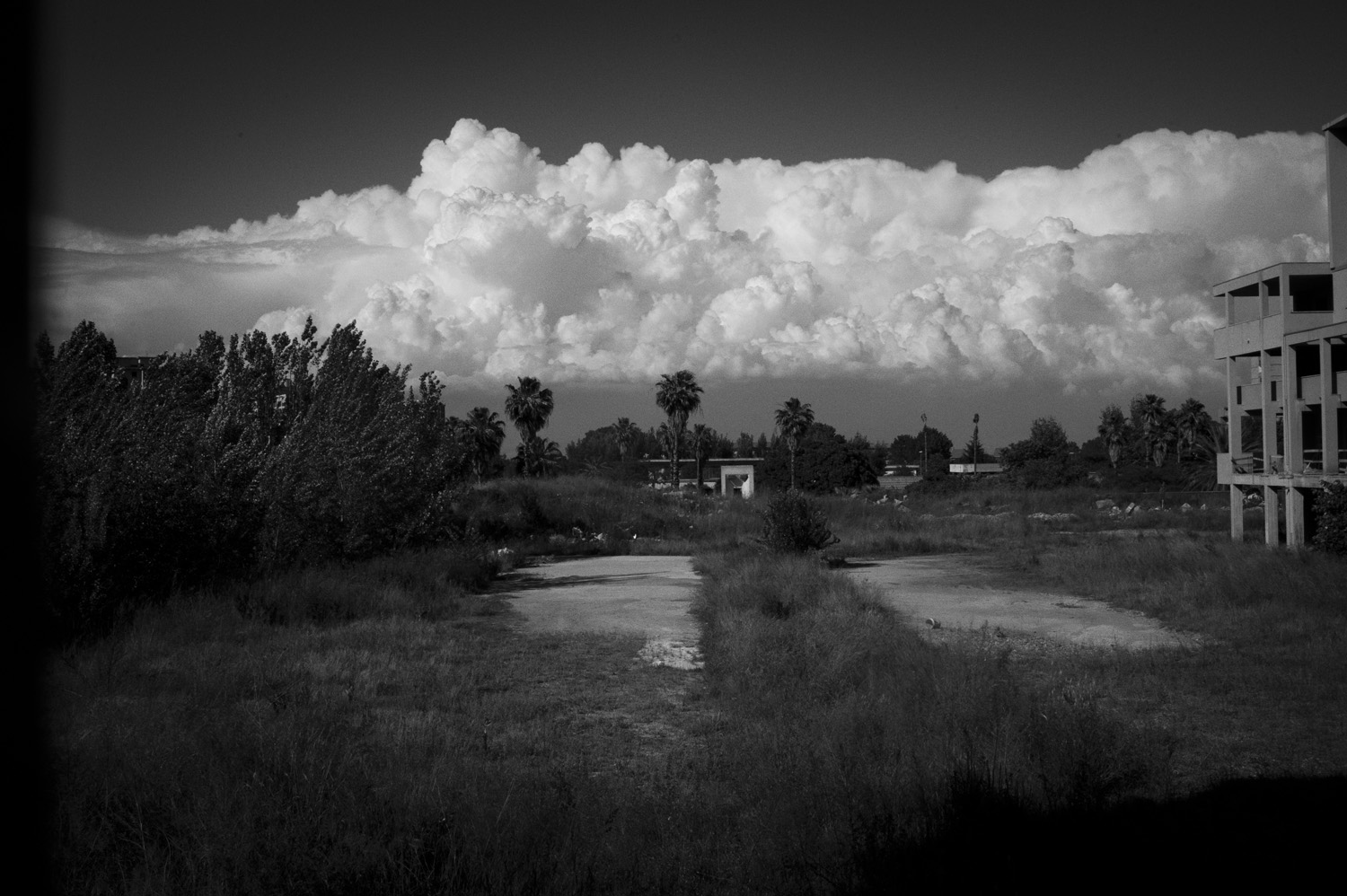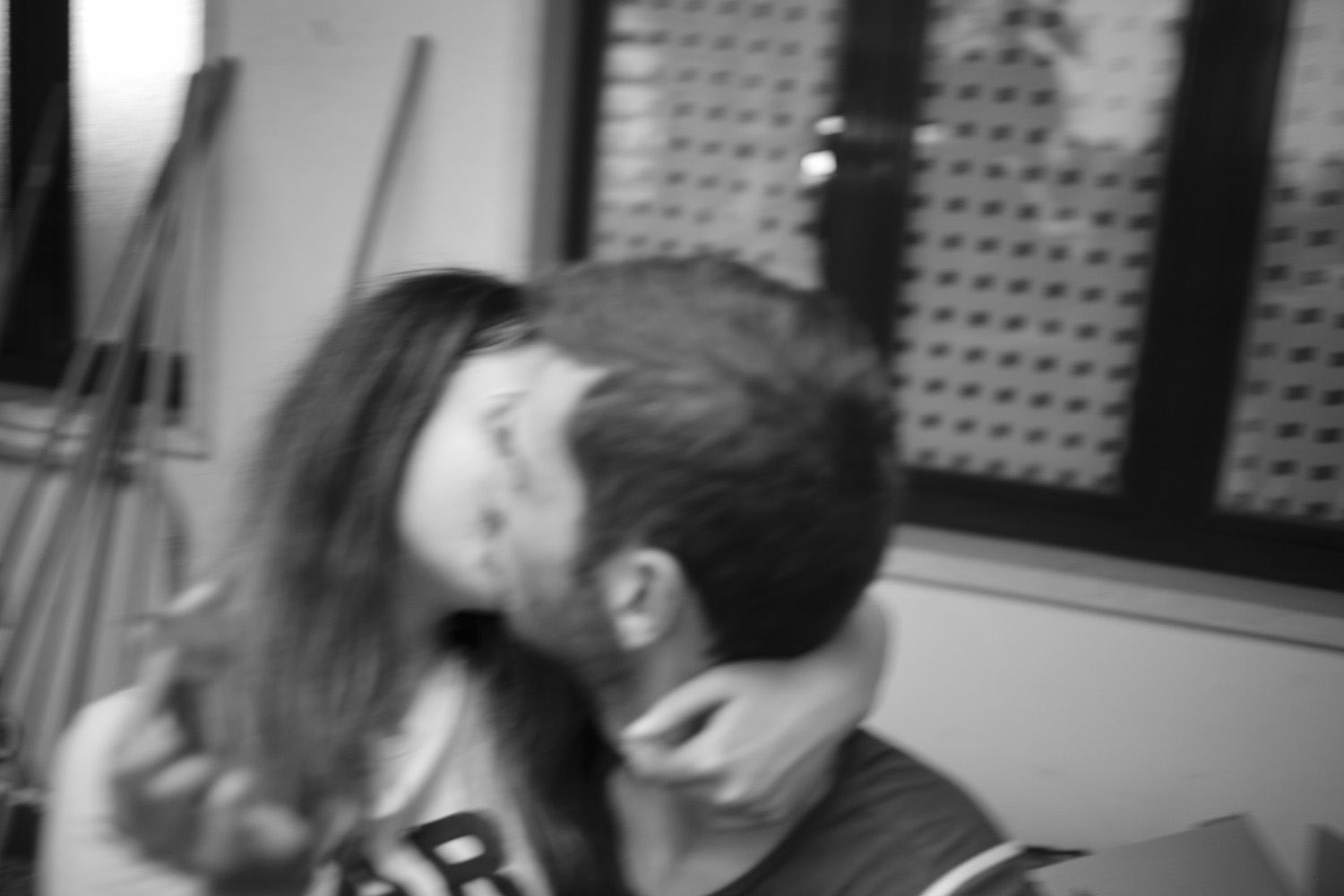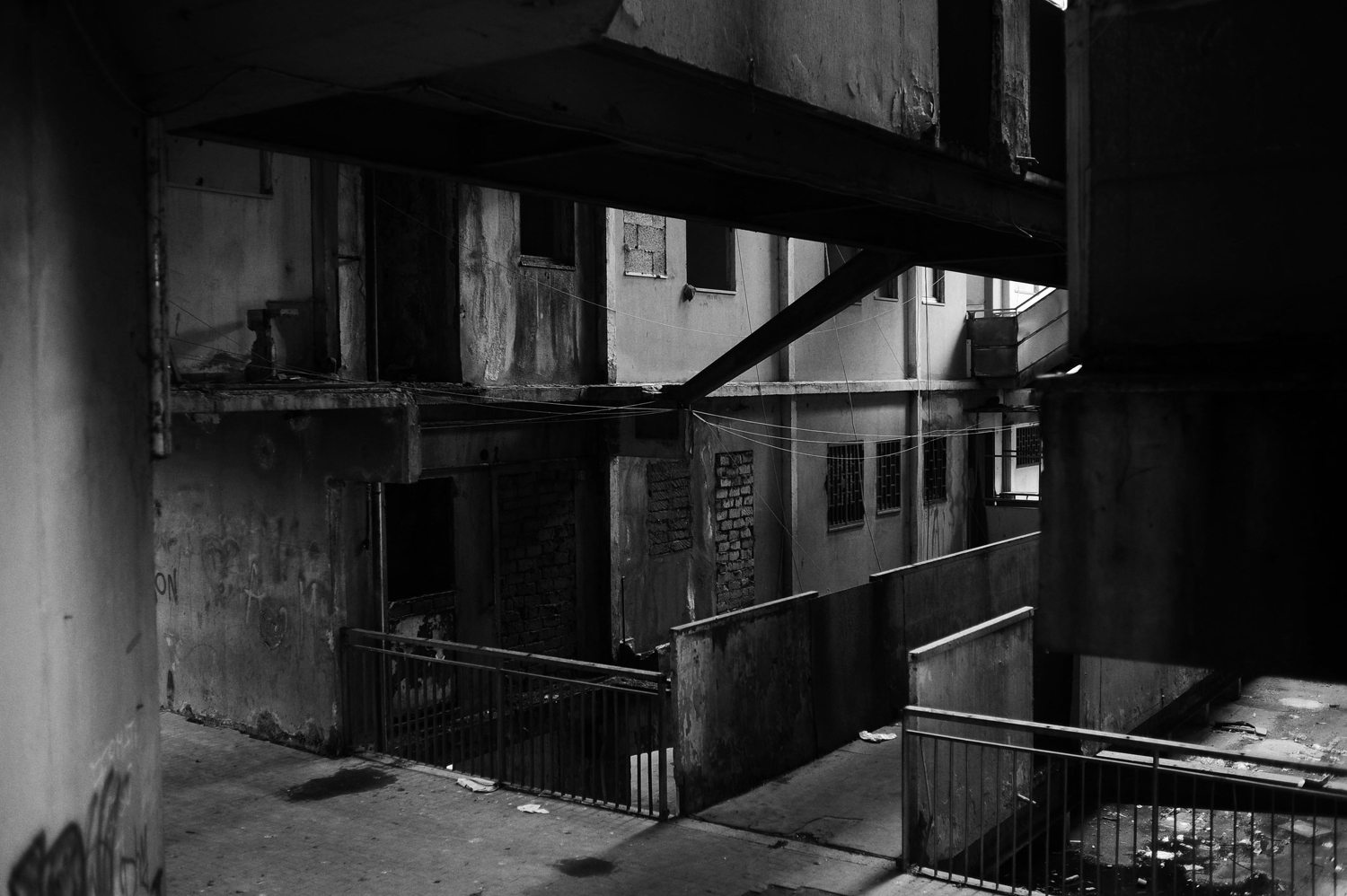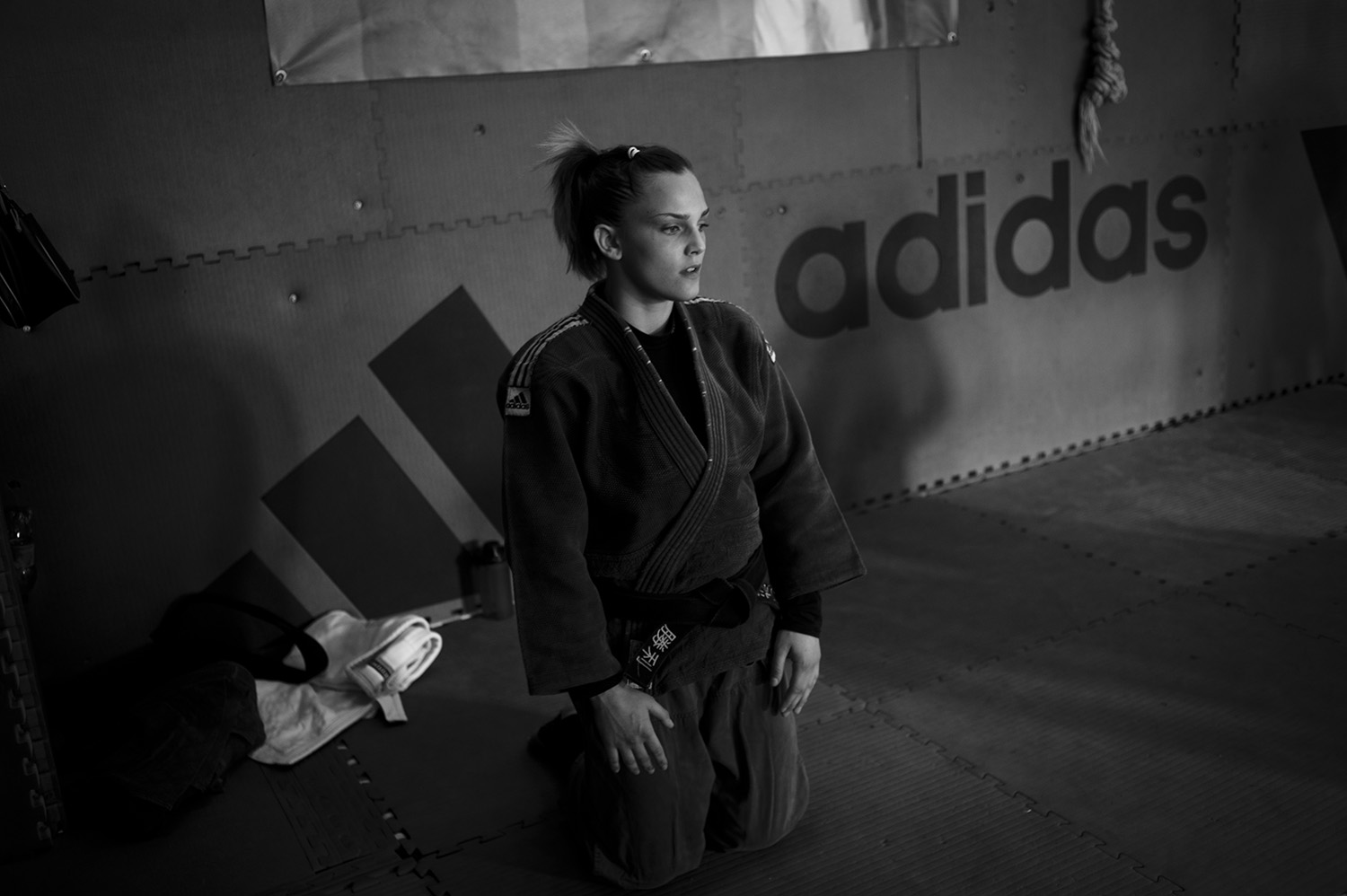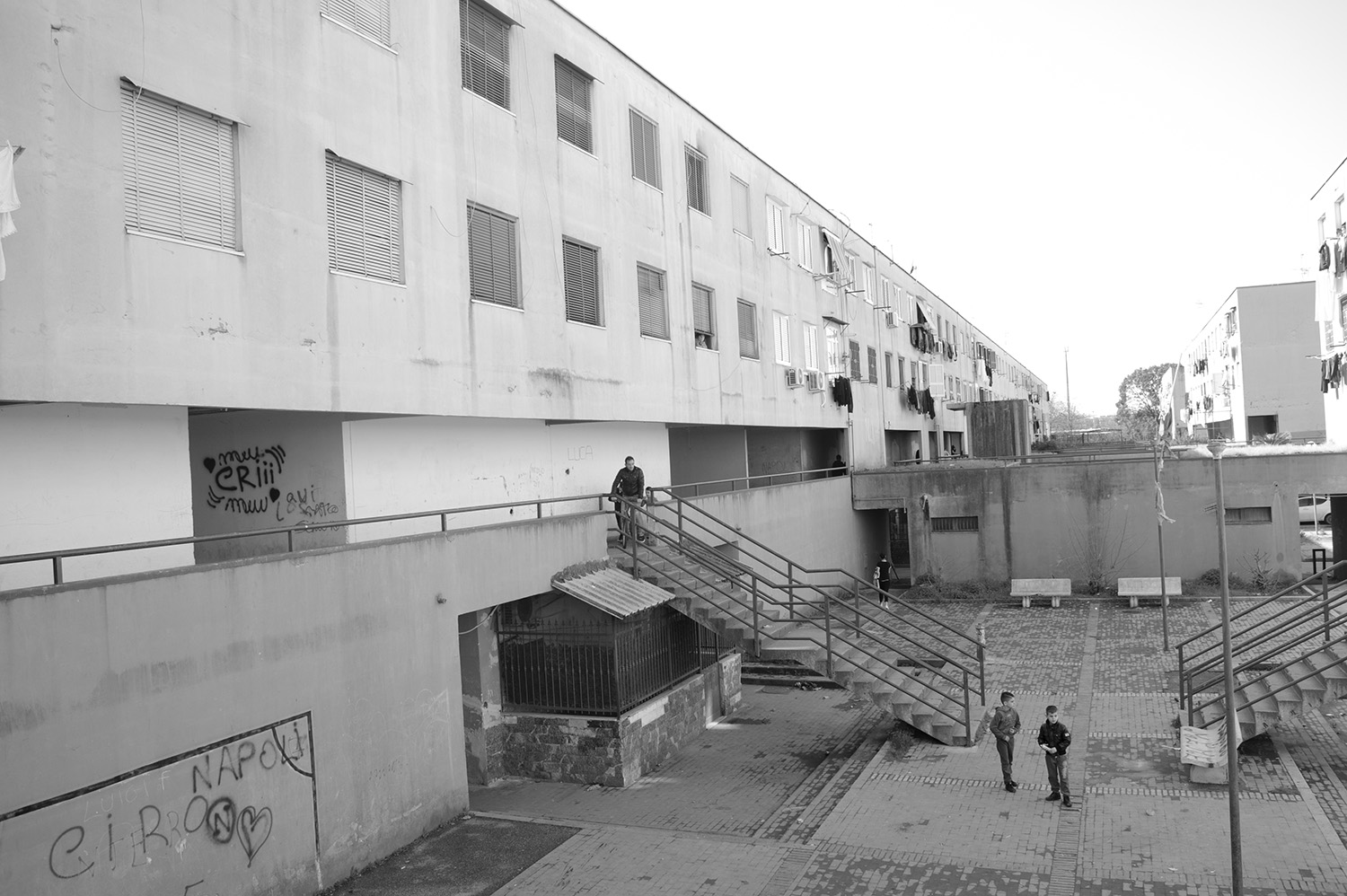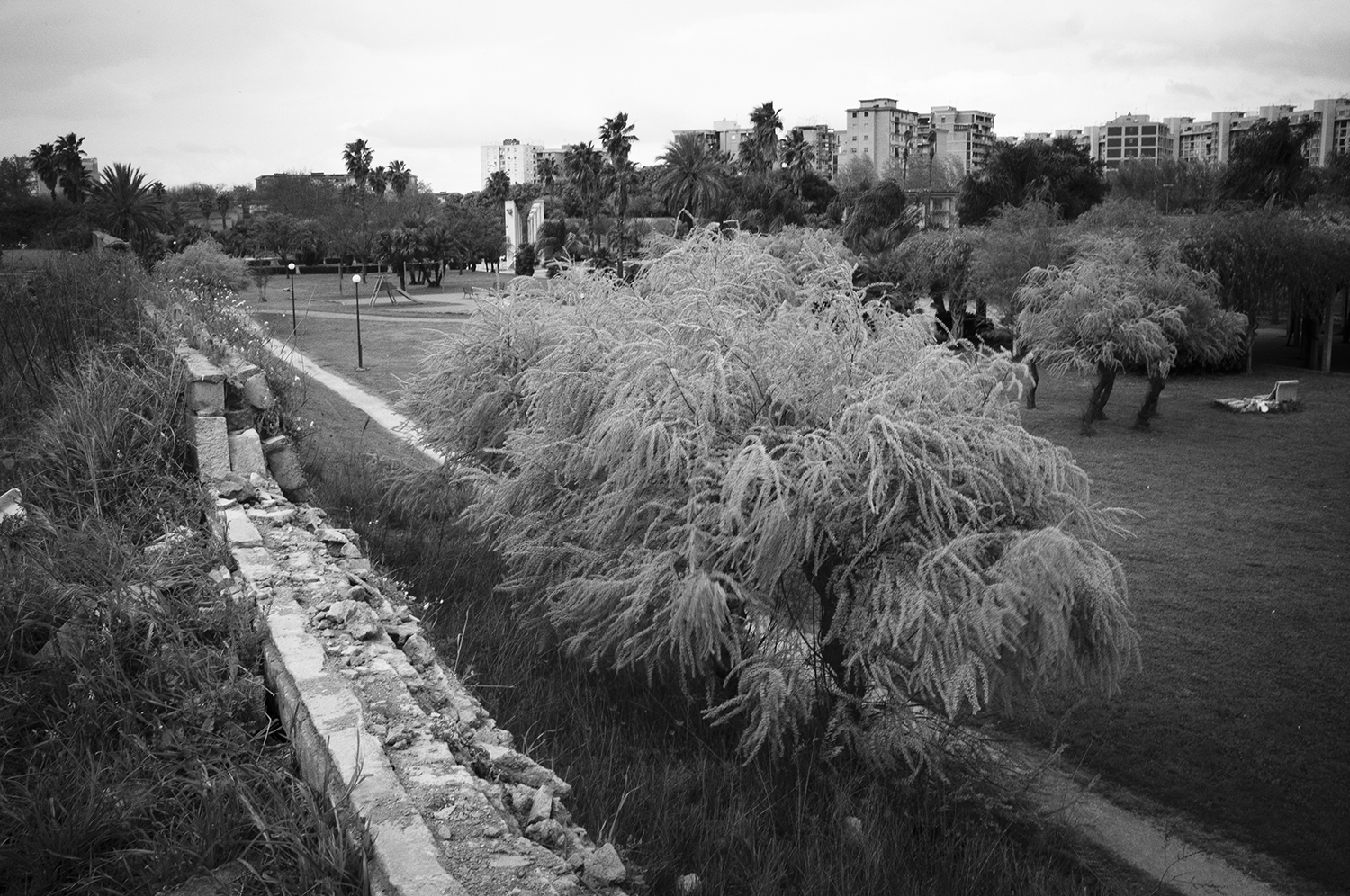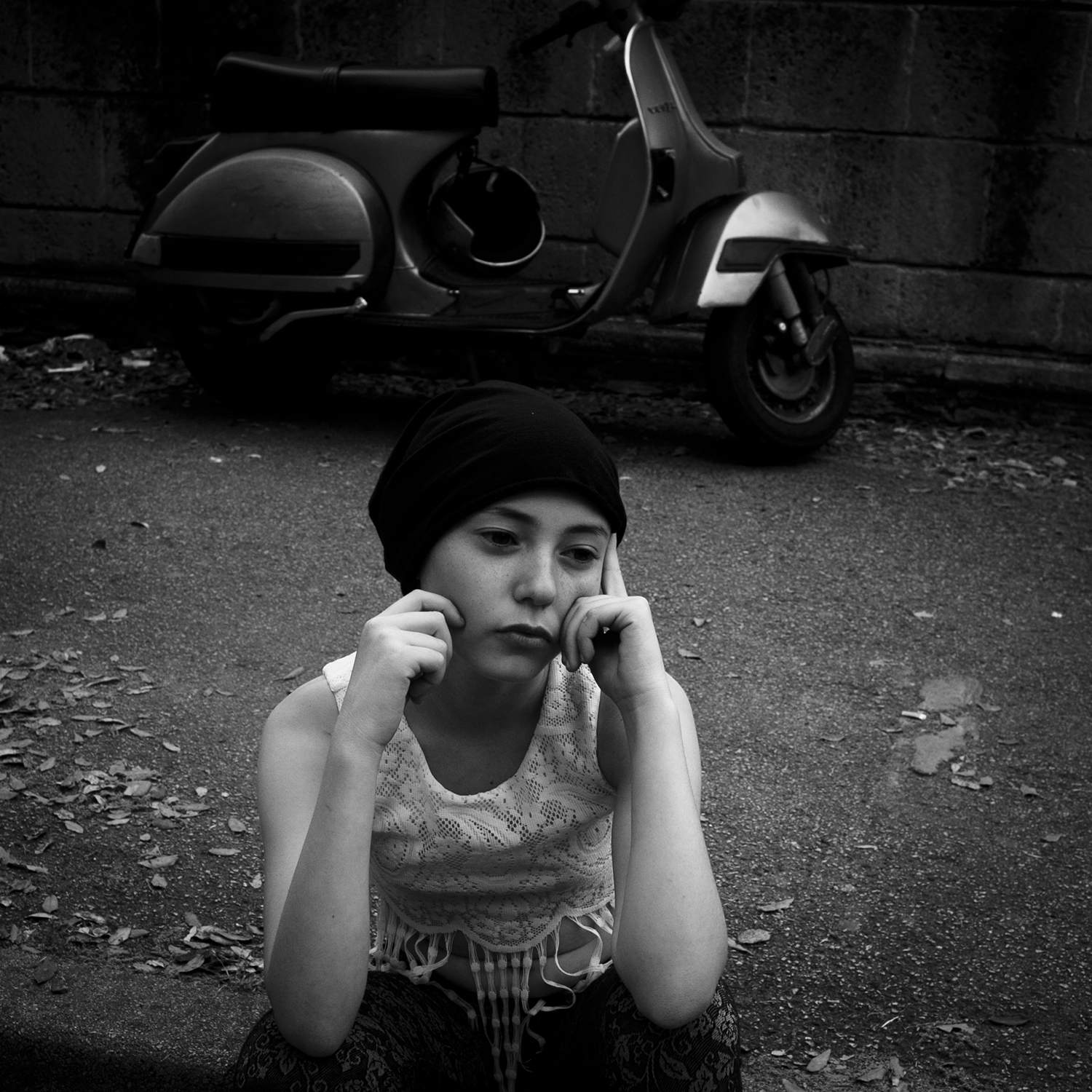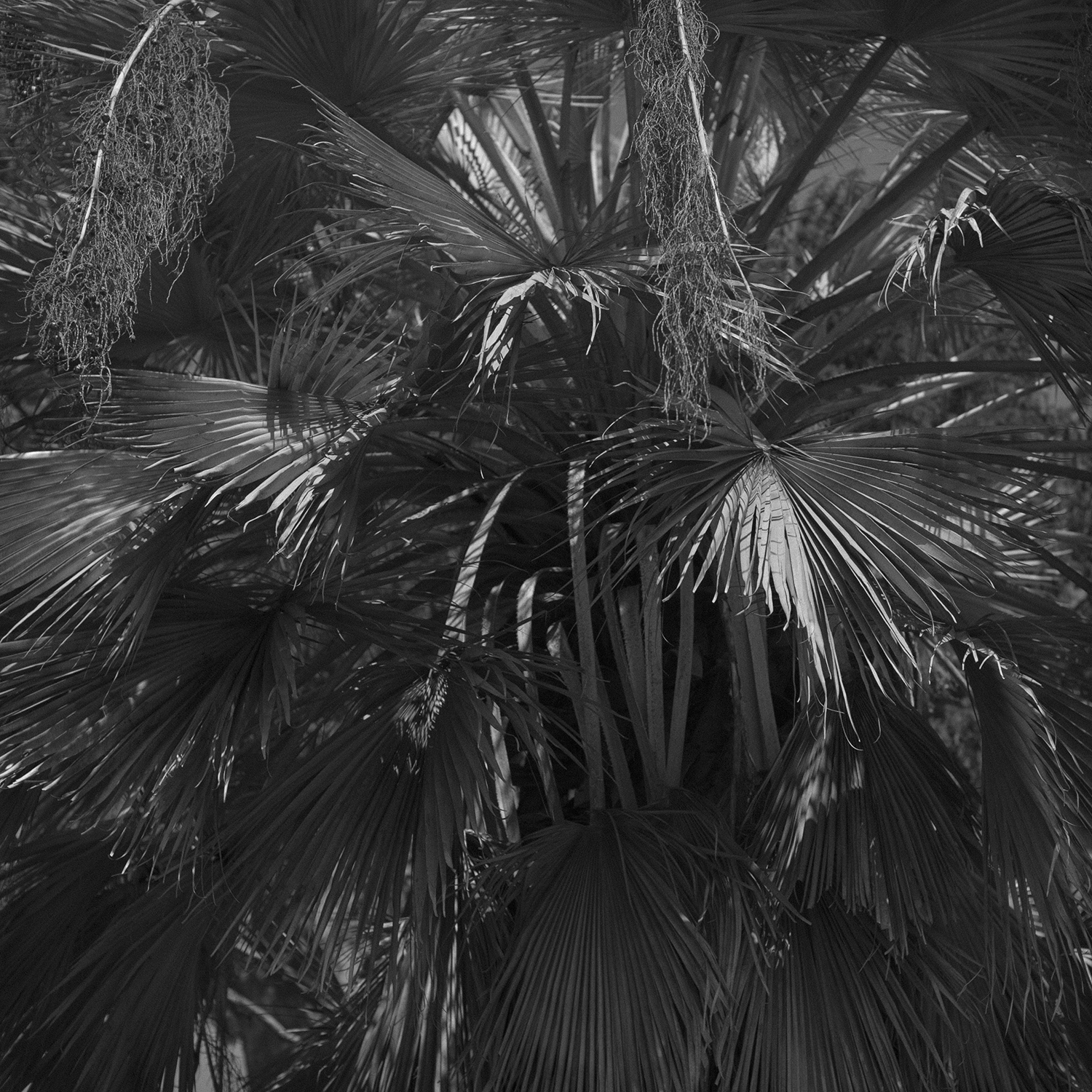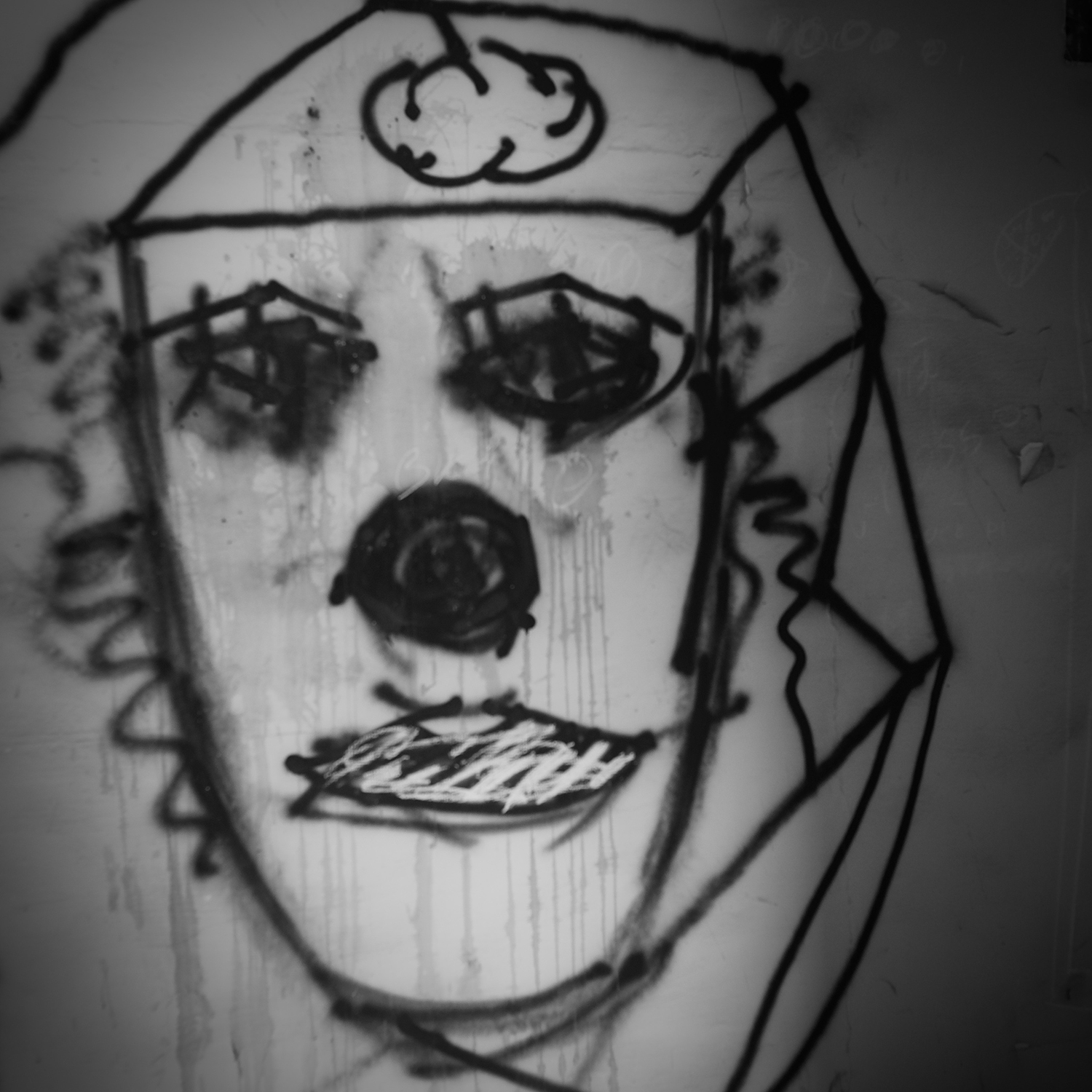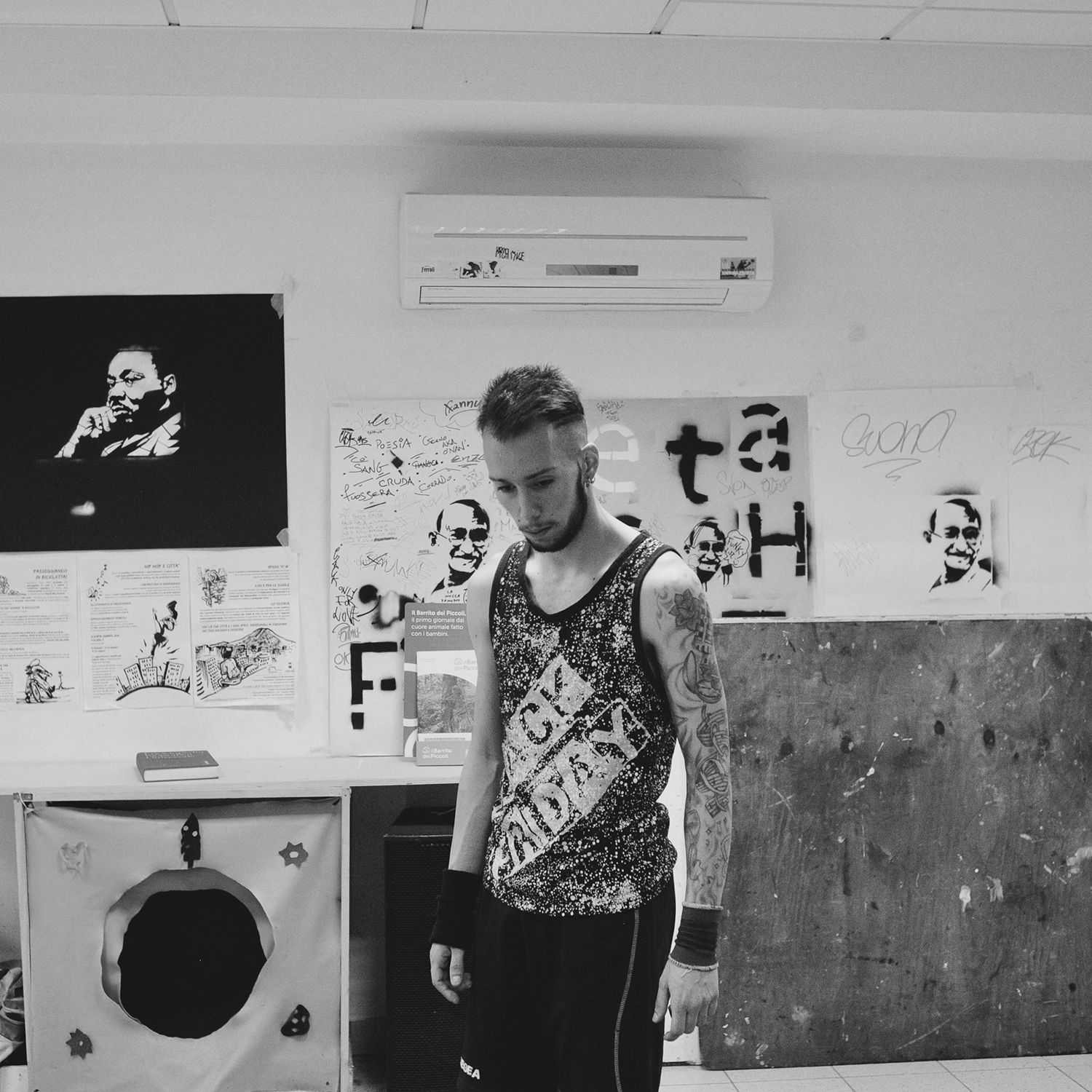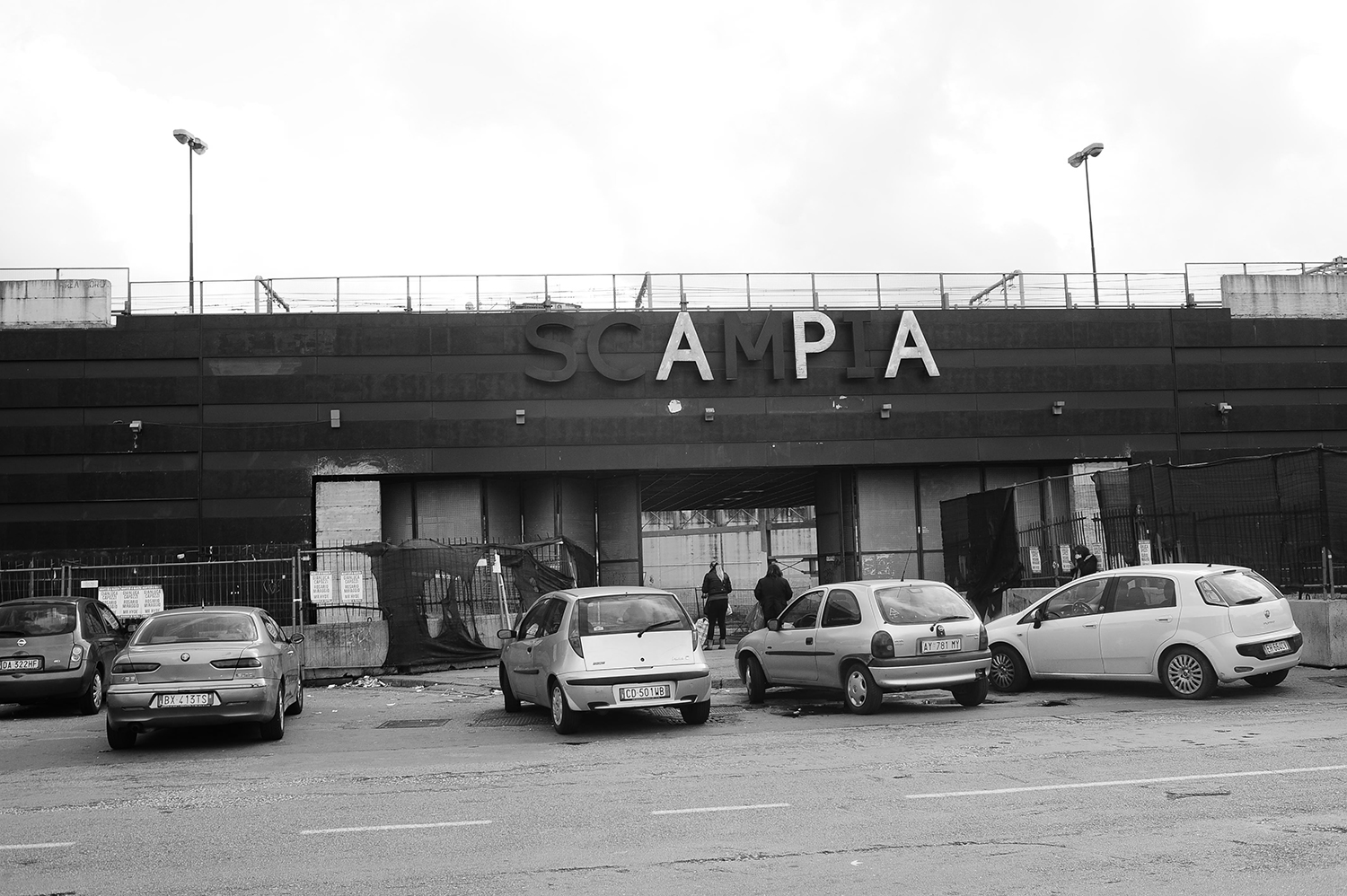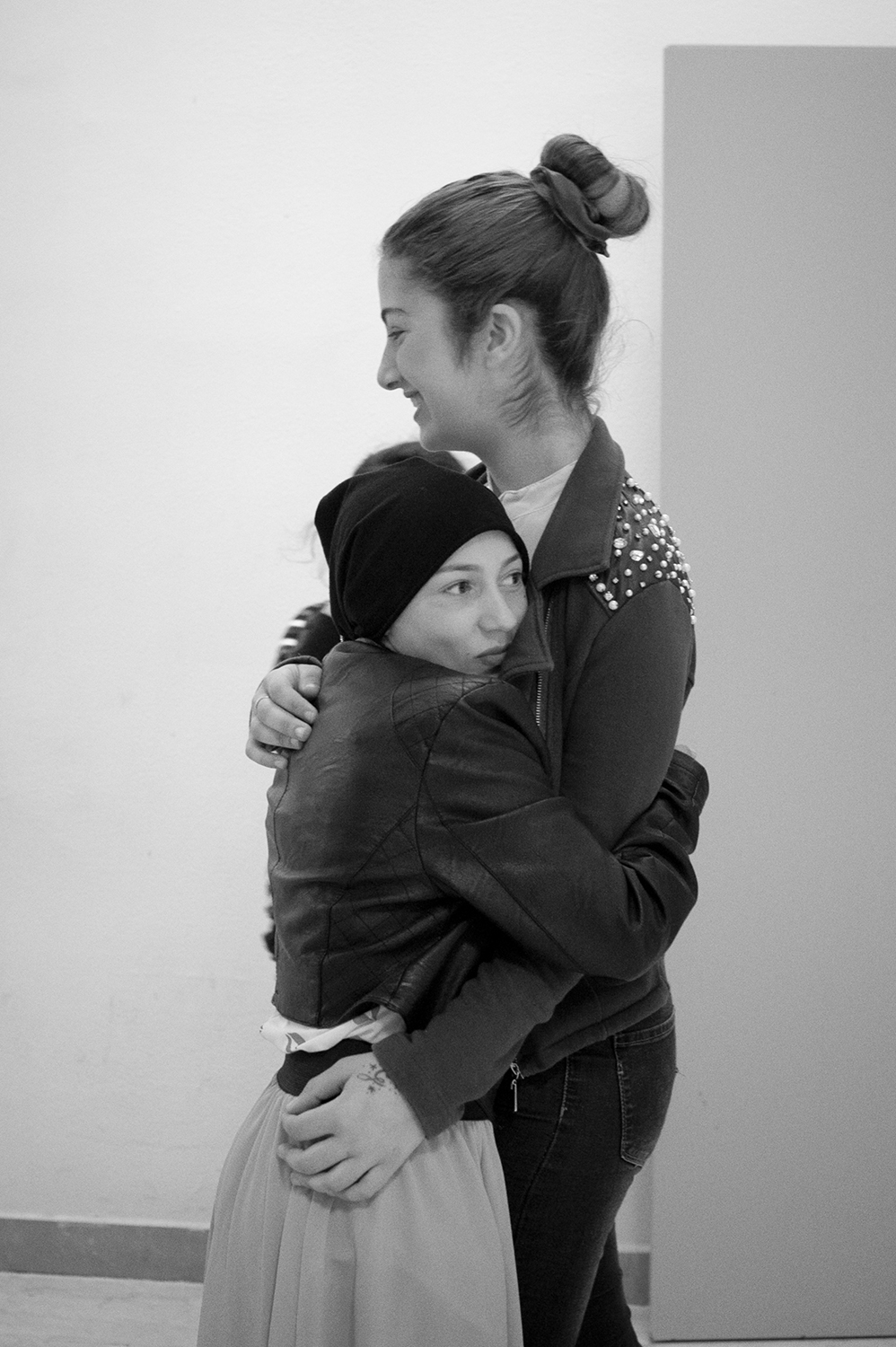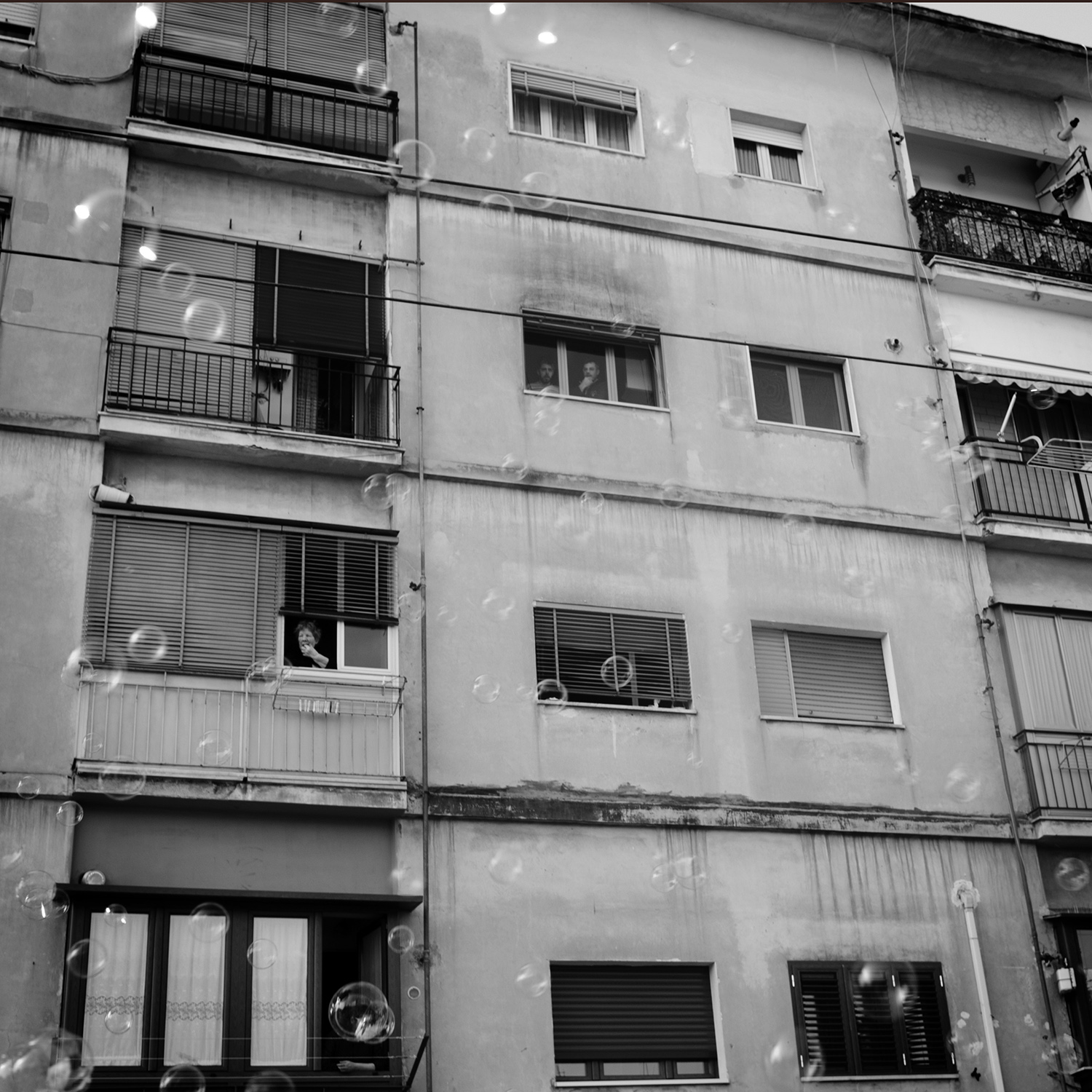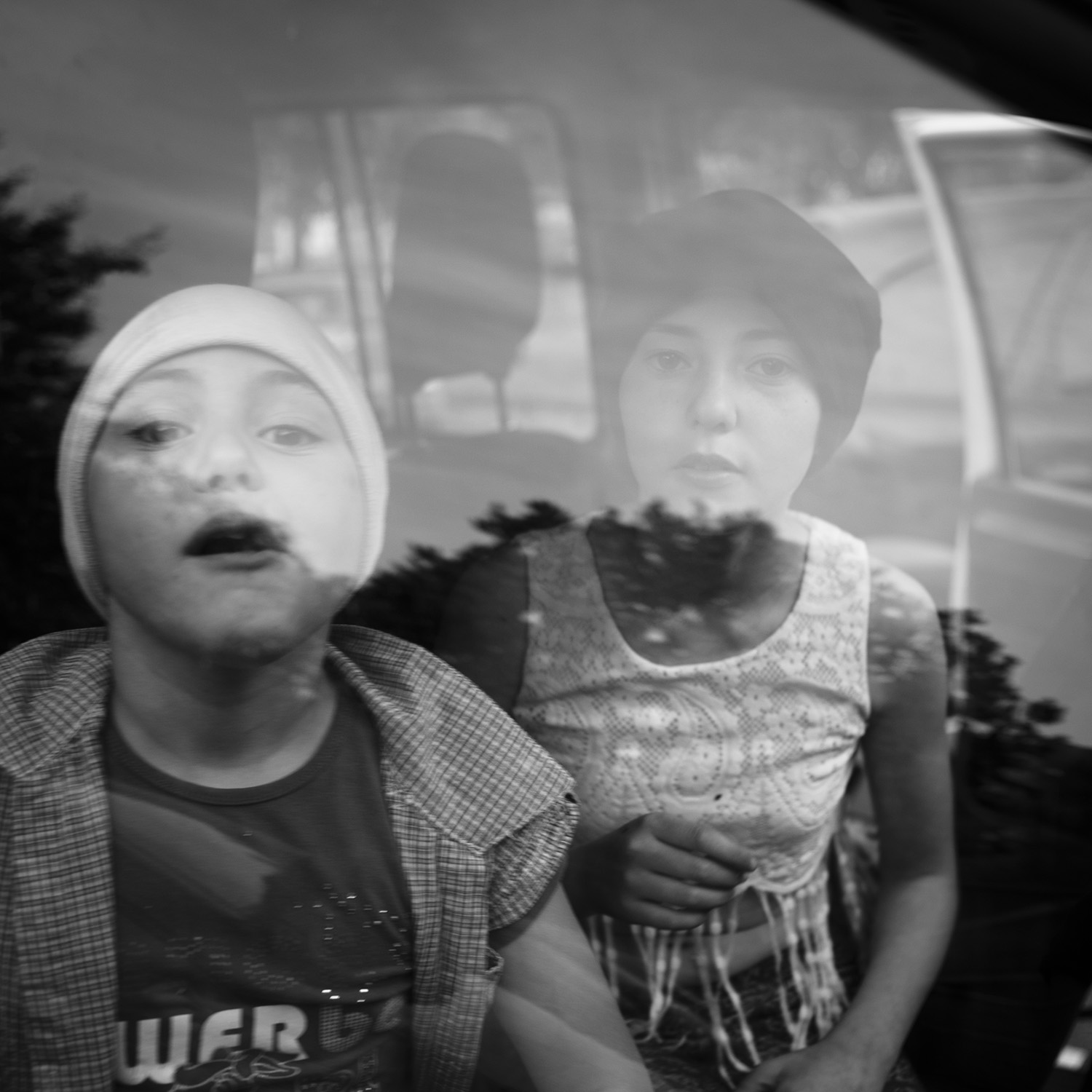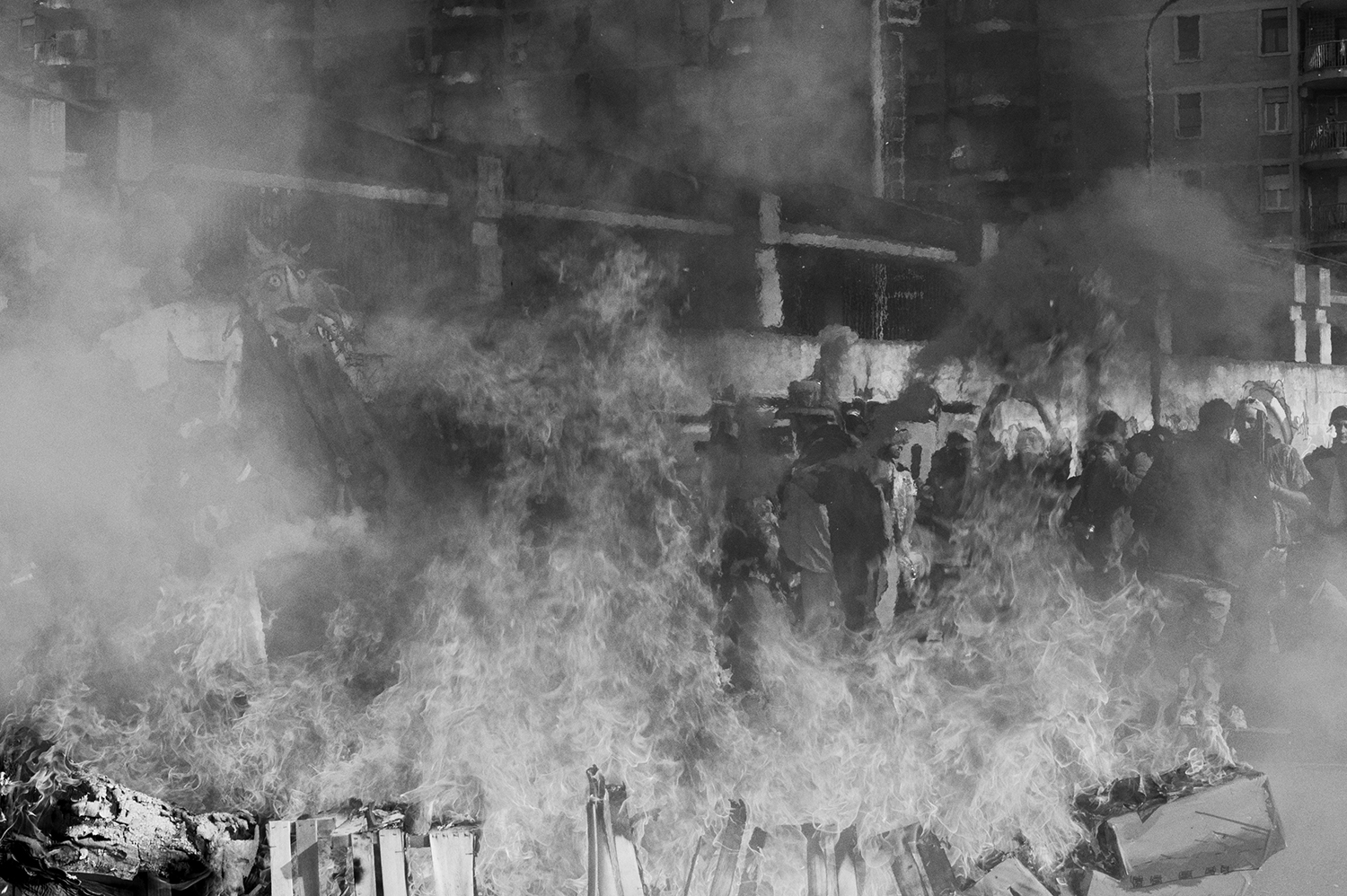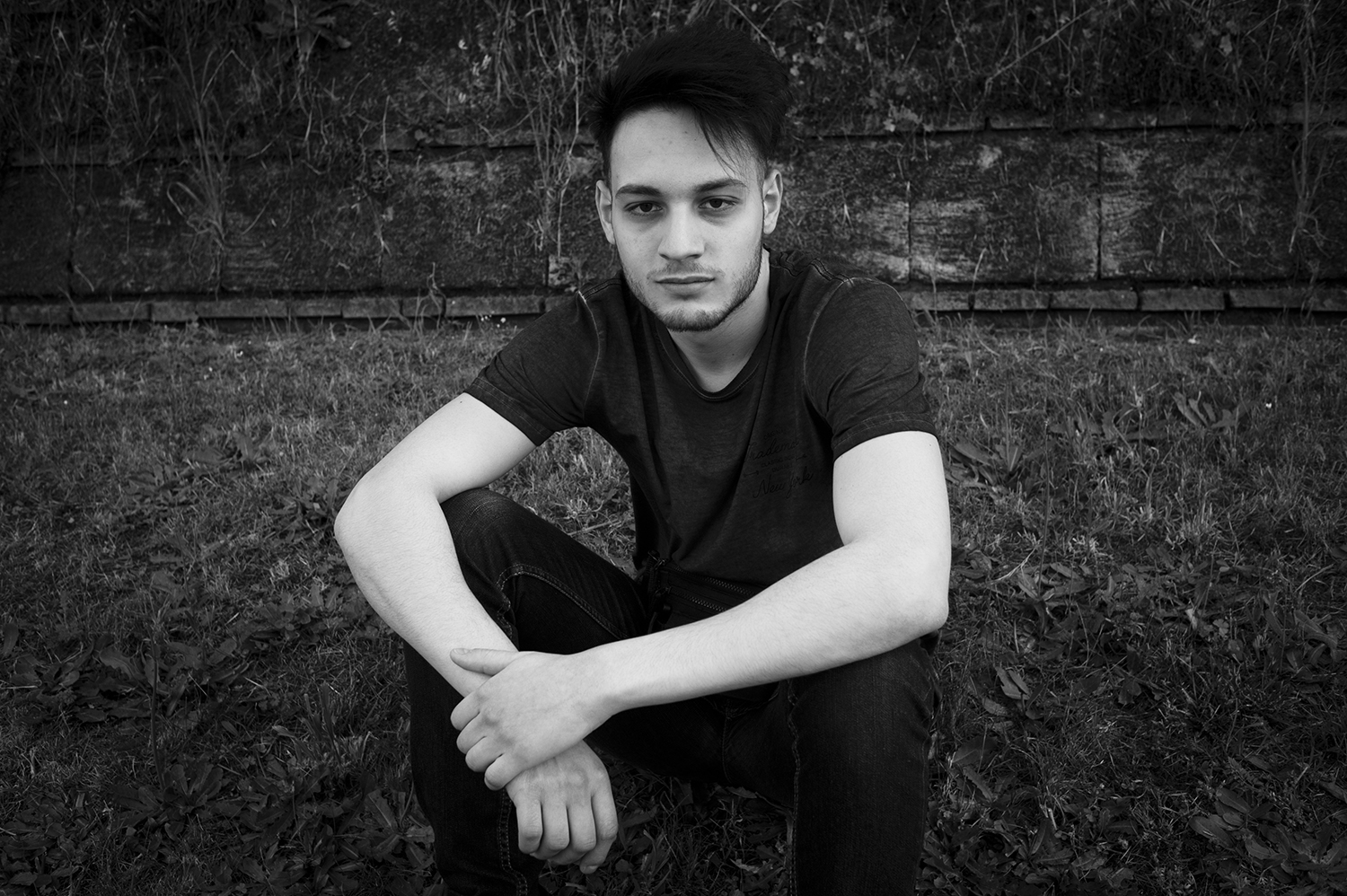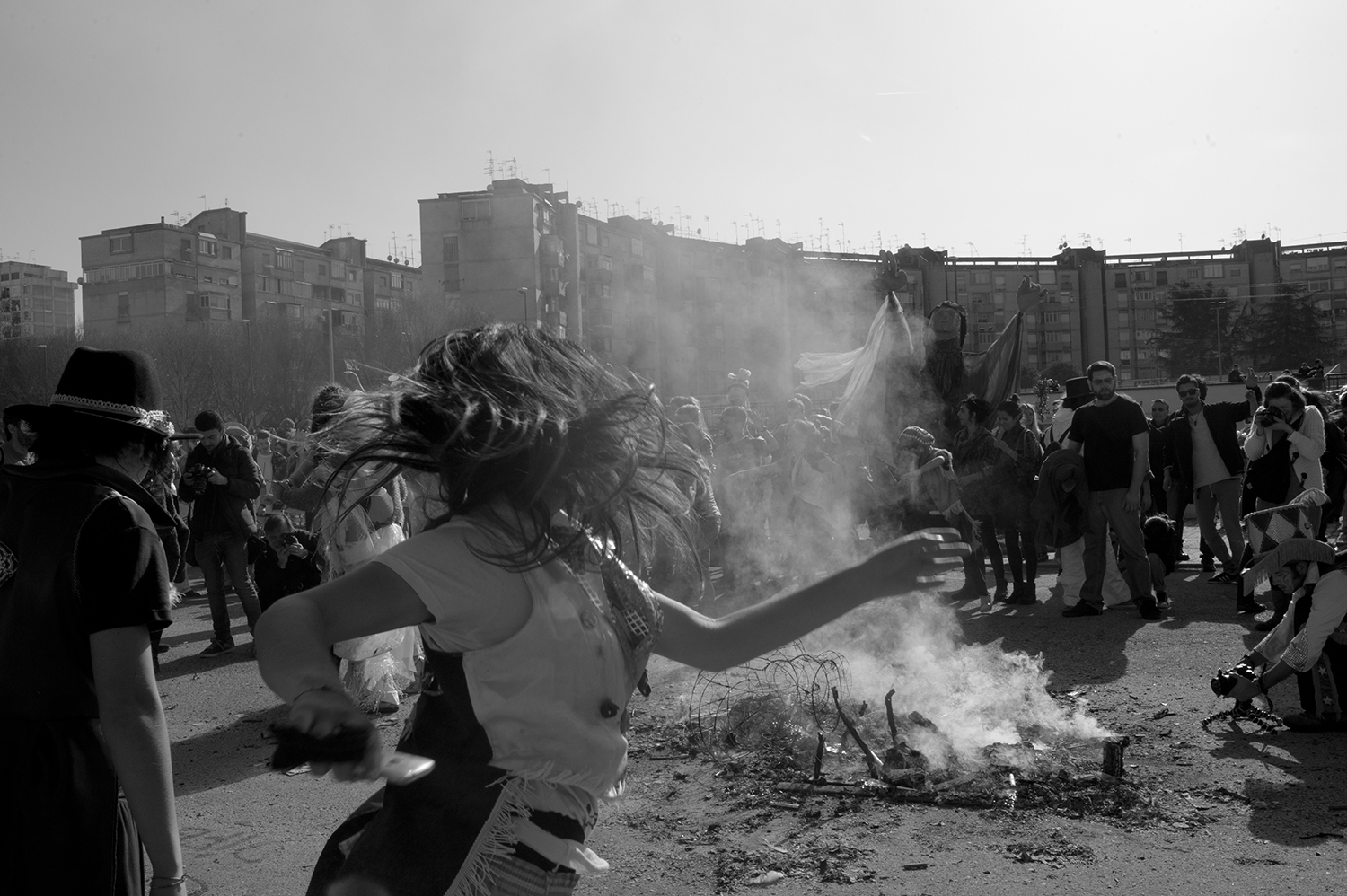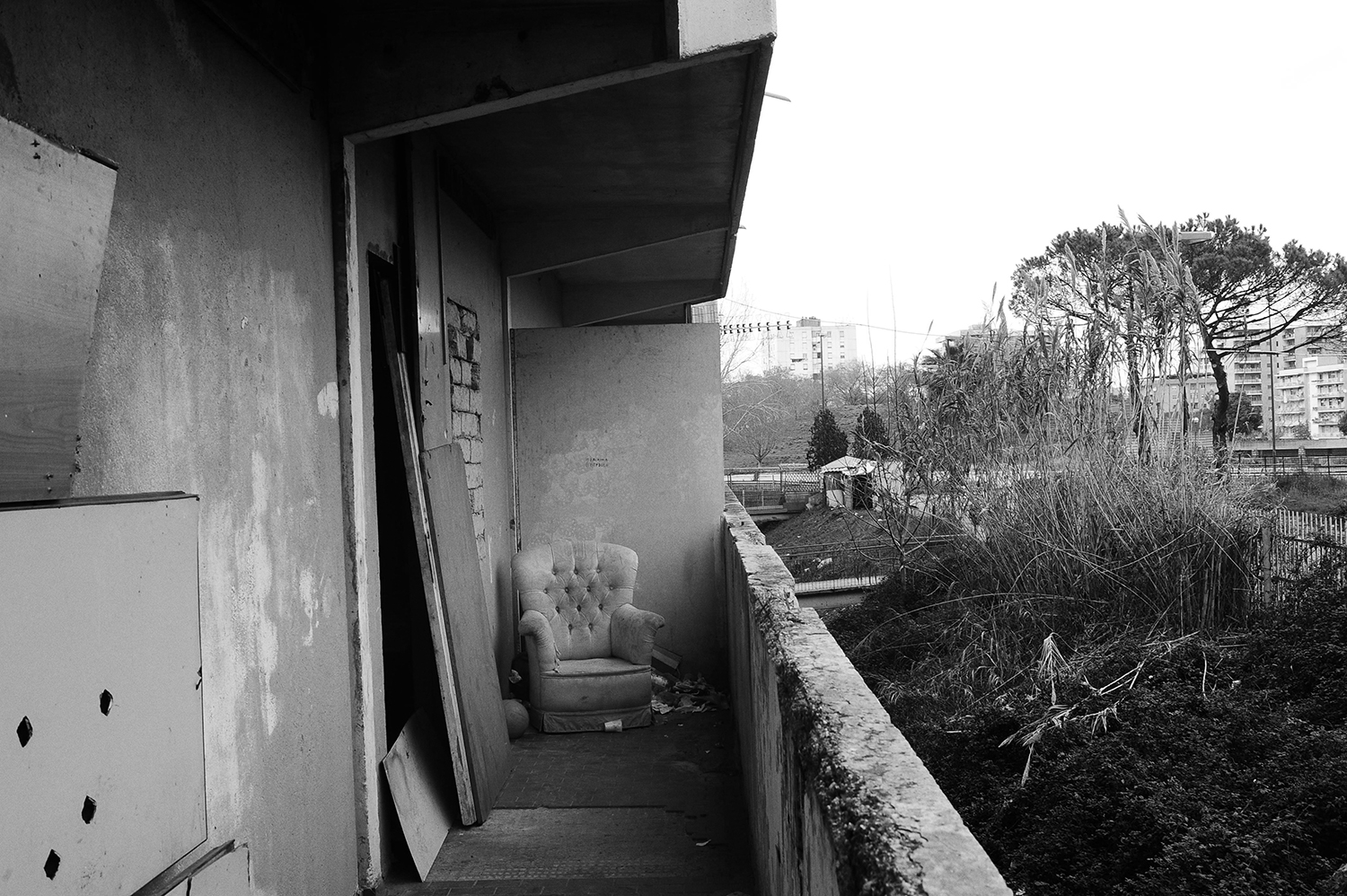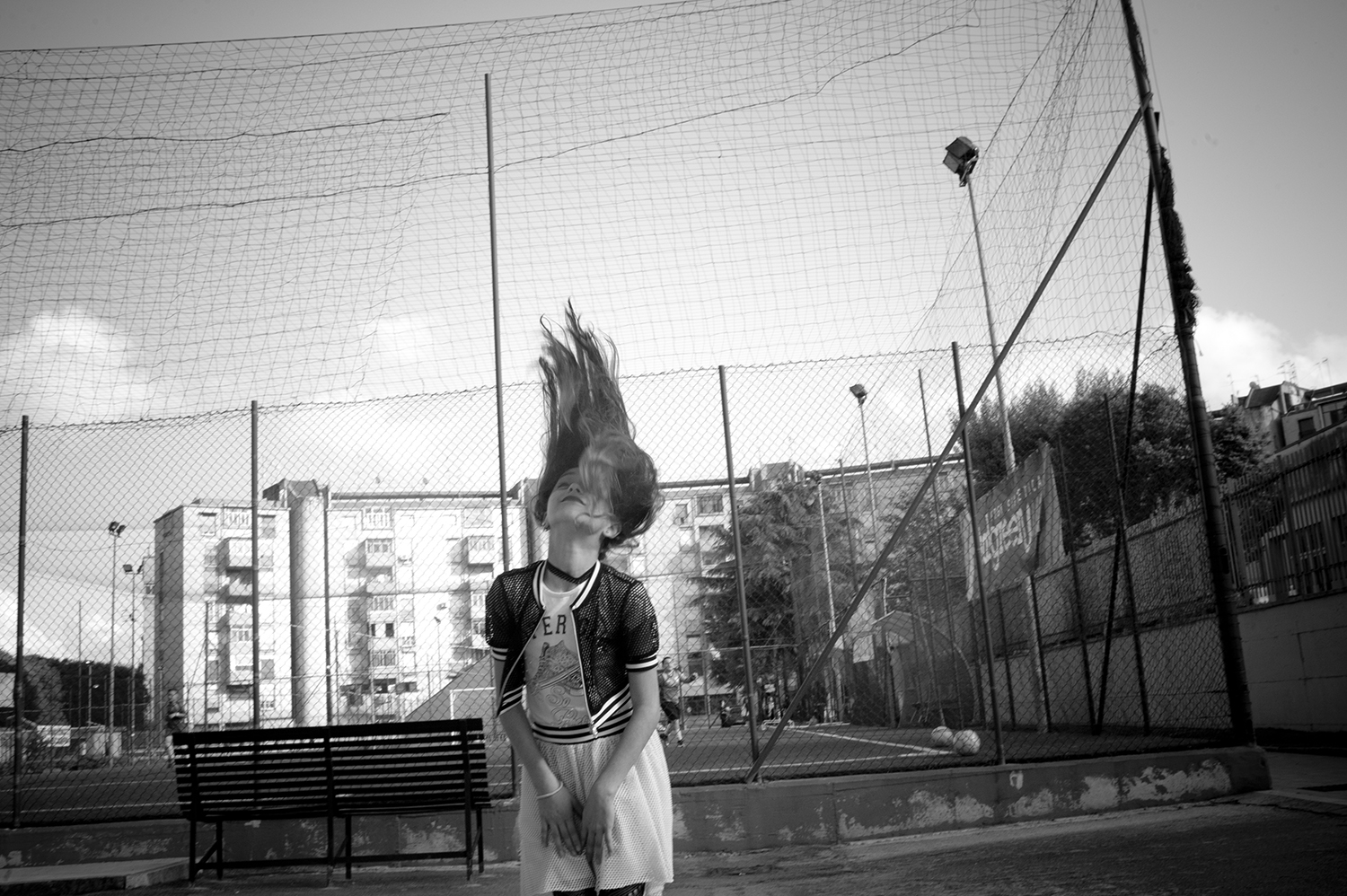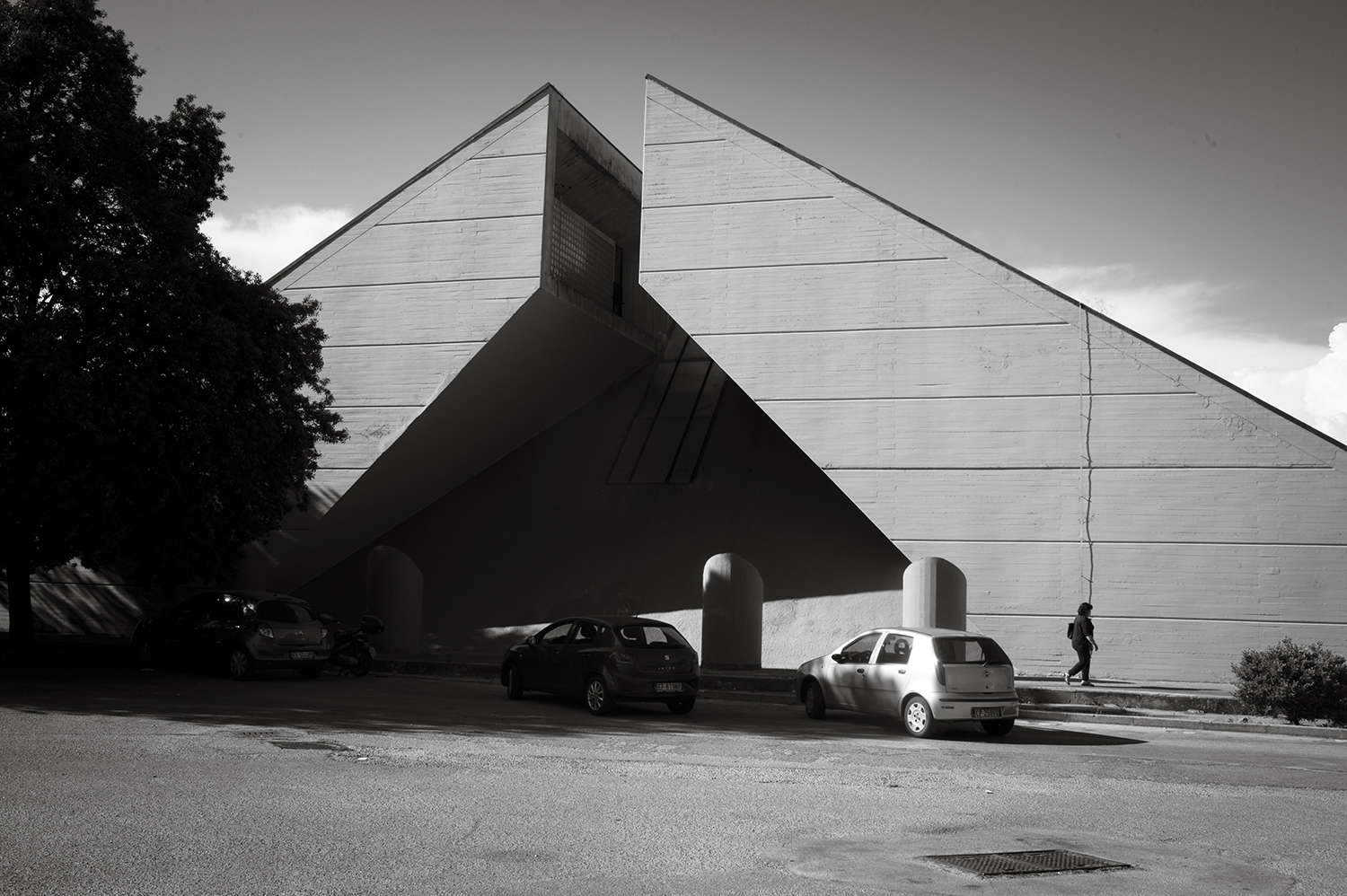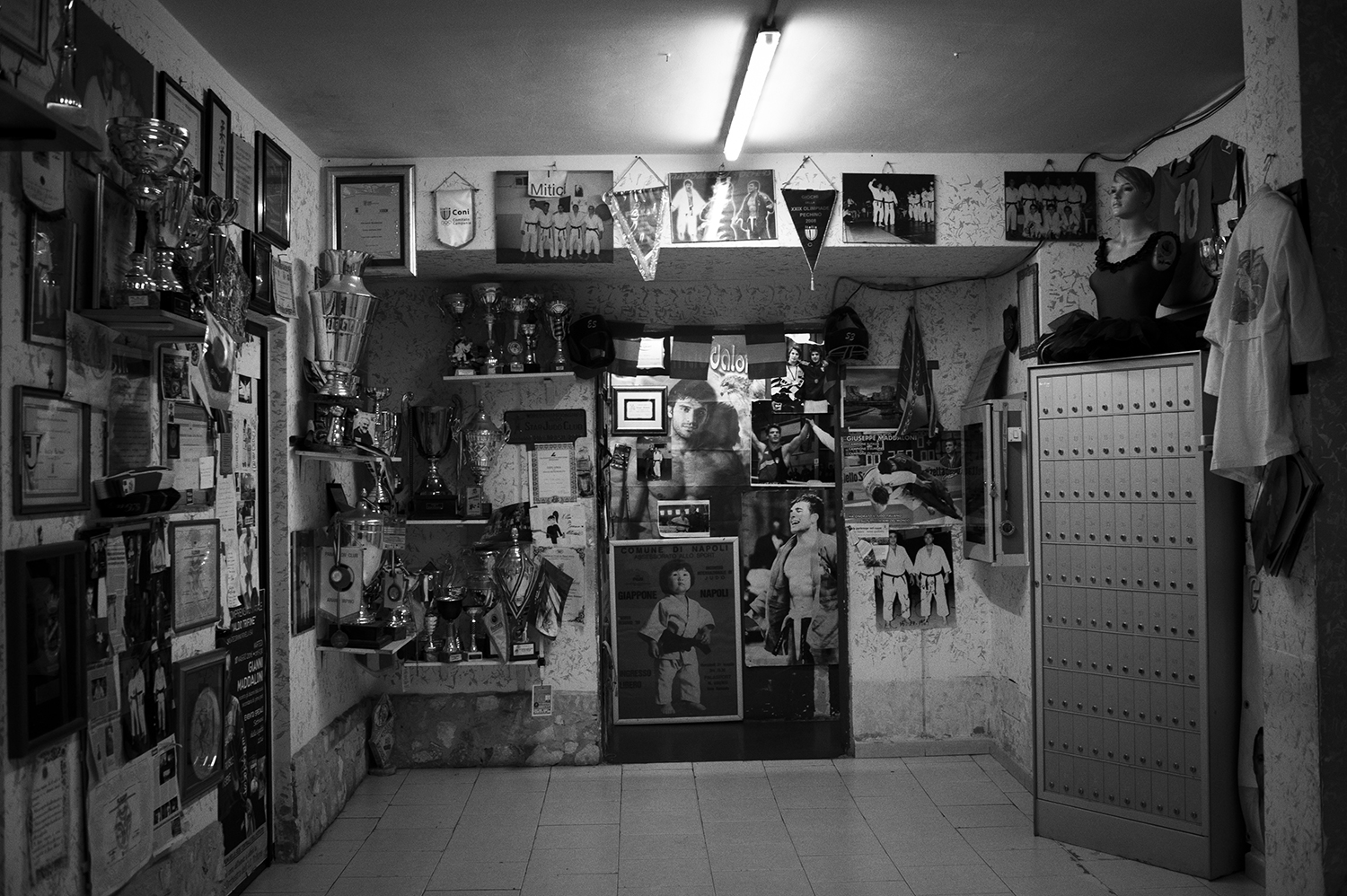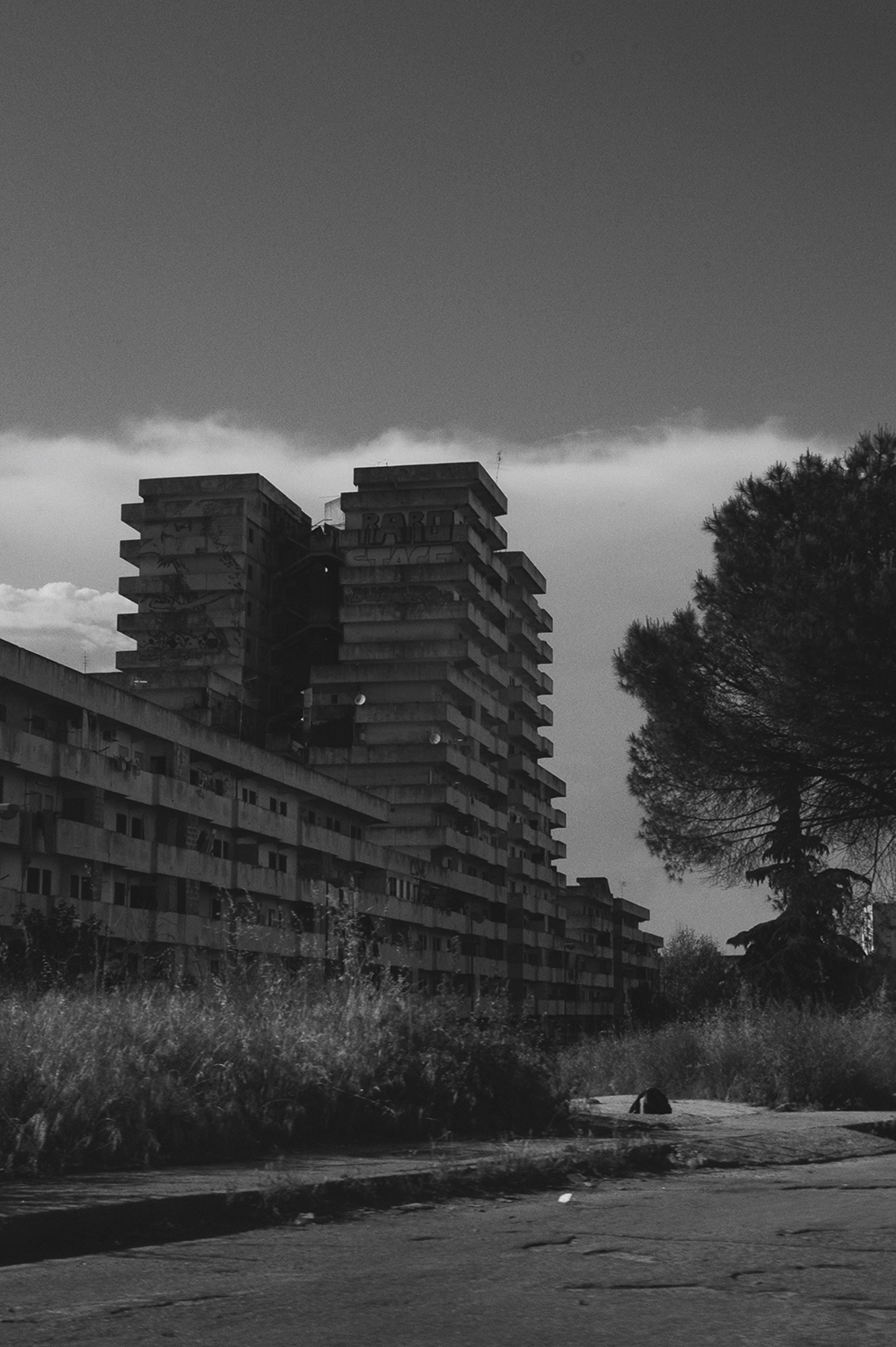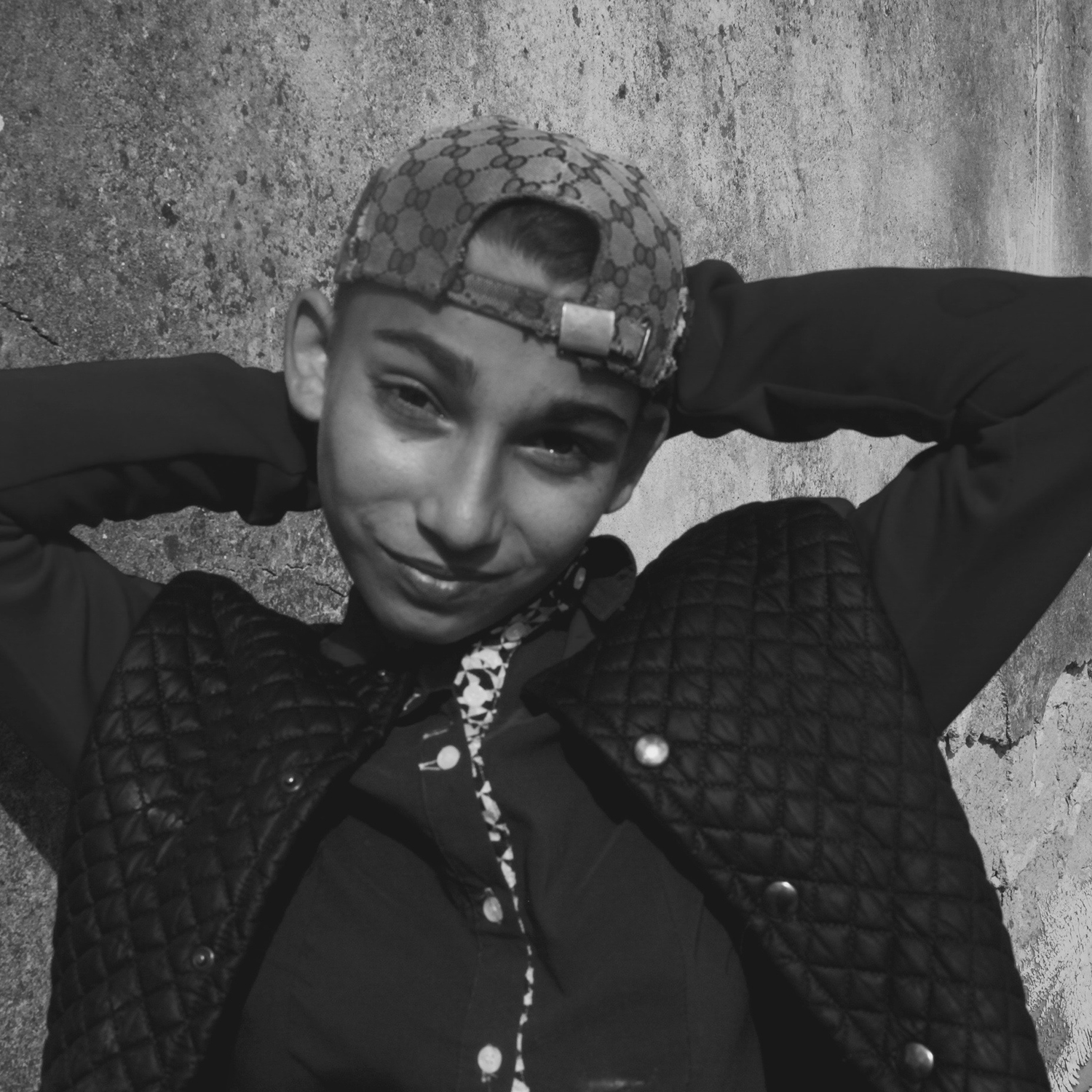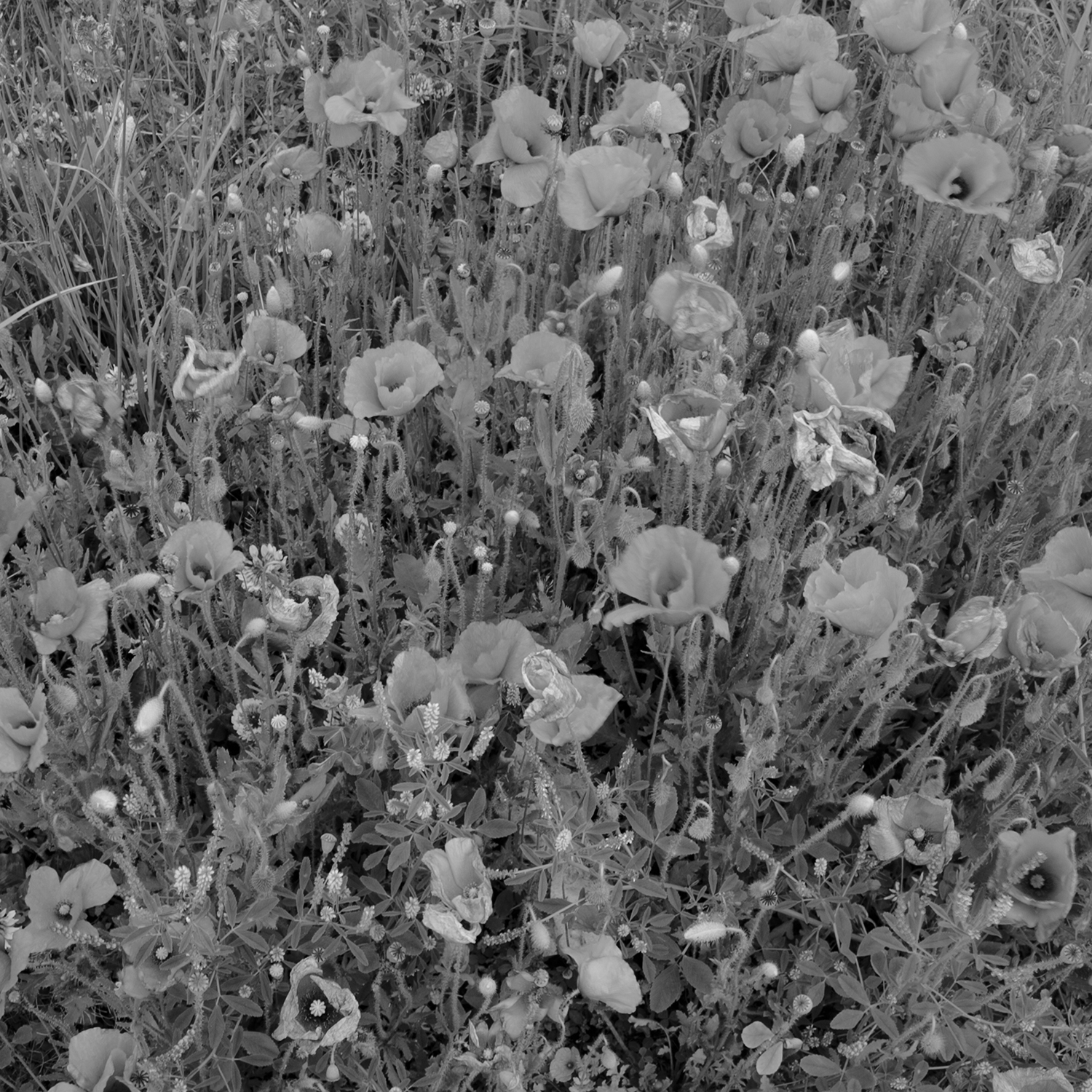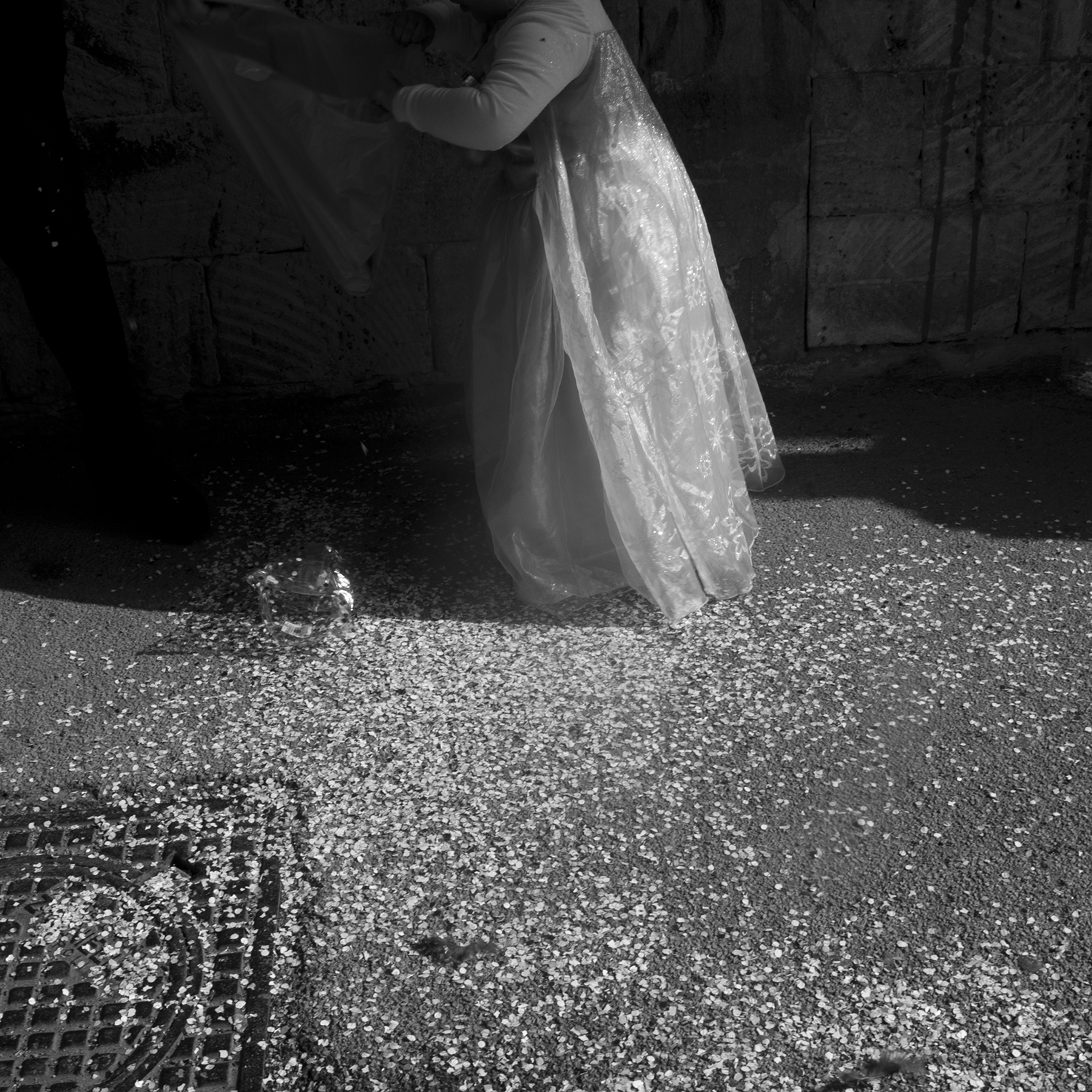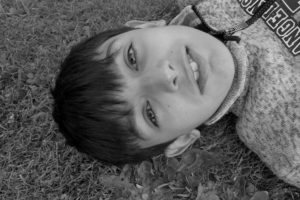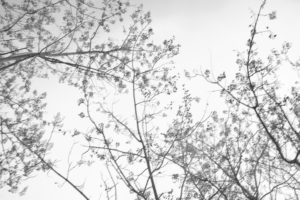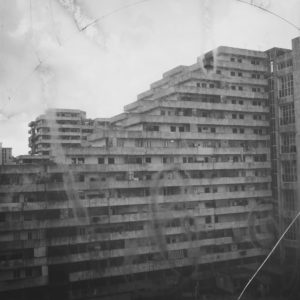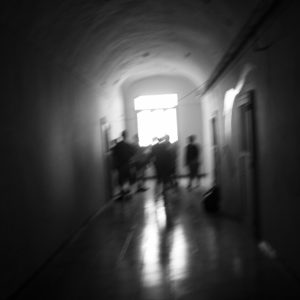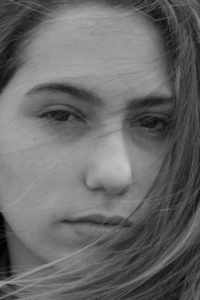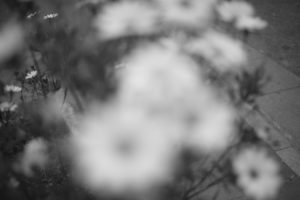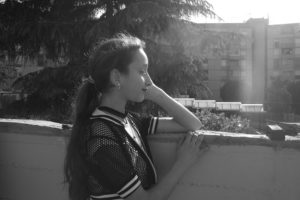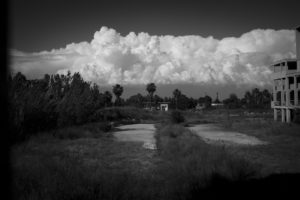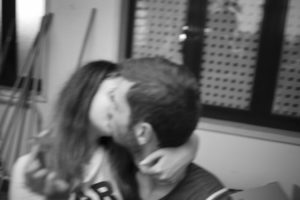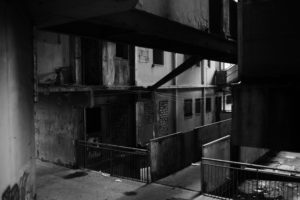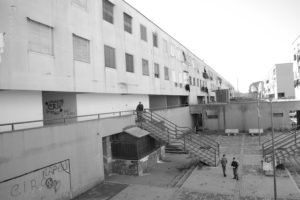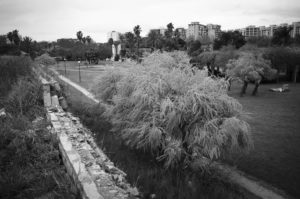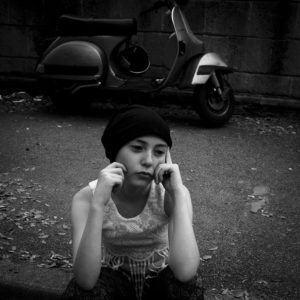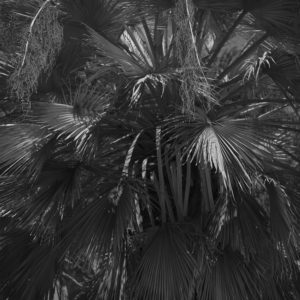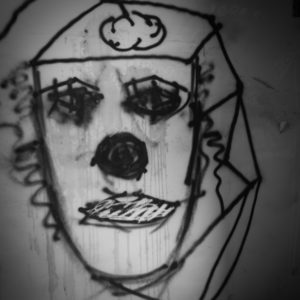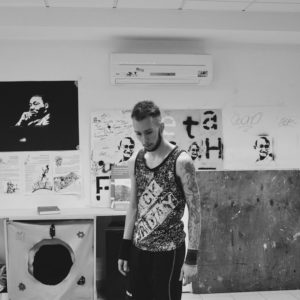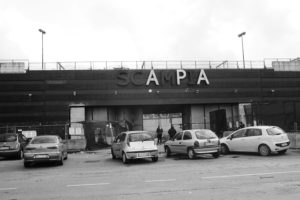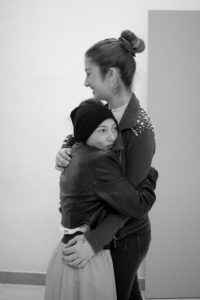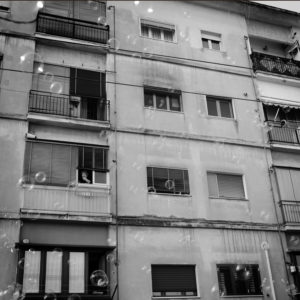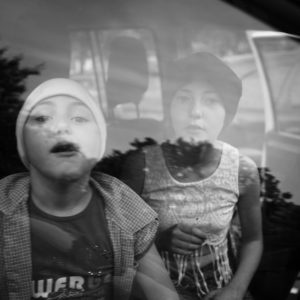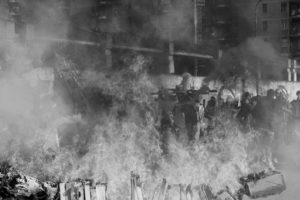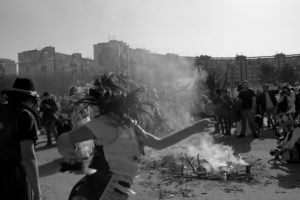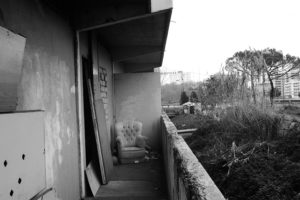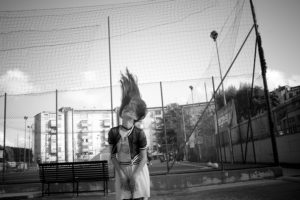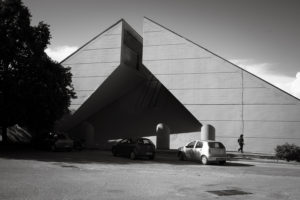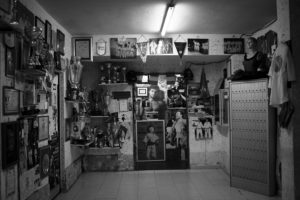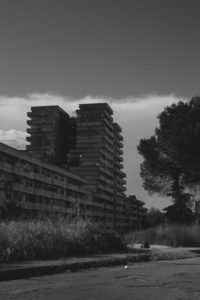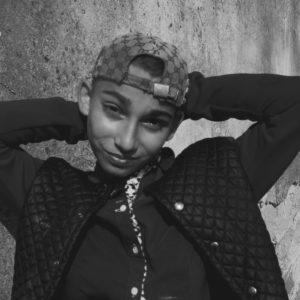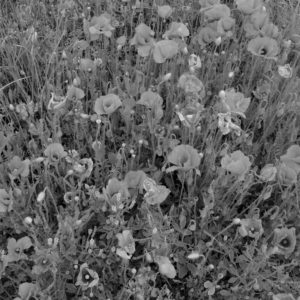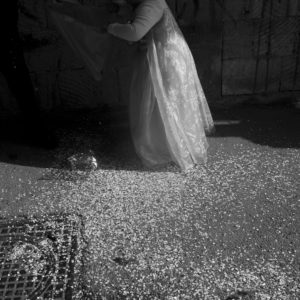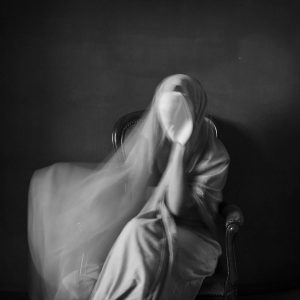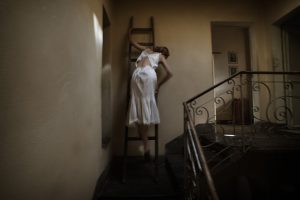- Activities
MAPS is a collective effort proposing new ways and approaches of storytelling to address the world's changing environment and societies.
MORE- Works
- Cultural
- Education
- Collective projects
- Members
MAPS brings together various dedicated professionals who want to start a new adventure and learn from each other in the process.
MORE- Photographers
- Creatives
- Contributors
- Foundation
Series
Il mare non bagna Napoli
Simona Ghizzoni
The subway train exits on a causeway in the northern suburbs of Naples: popular blocks, an almond field, concrete terraces. Piscinola/ Scampia is the last stop.
Known since a few years ago as Europe’s largest open-air drug market and for the bloody massacres of Camorra (La Faida/ the feud), Scampia is experiencing a period of relative peace and therefore has nearly disappeared from the media.
But the problems that made this area so fragile have certainly not disappeared.
In such areas, the feeling of unRest deeply affects teenagers.
In a period of greatest ferment and fragility such as adolescence, being born in Scampia, as in many other Italian suburbs, is not easy. Scampia is a poor neighbourhood. Le Vele, the complex of buildings, were built in the 60’s, inspired by “les unités d’habitation” of Le Corbusier. The aim was to create a new model of residential area, autonomous town outside the city with all facilities and services needed.
Forty years after they represent one of the most problematic areas in Italy. Unemployment, social marginalisation and lack of infrastructures open the way to organised crime. All this takes a high toll on teenagers.
Adolescence, the most turbulent period of our existence is at the same time the most fertile one, the one which sets the foundation for the future.
I have looked for that suspended place that adolescence is, with its contradictions and its blinding beauty.
* “Il mare non bagna Napoli” (The sea does not reach Naple) is the title of a novel by Anna Maria Ortese. The book, not much loved by the Neapolitans, depicts a portrait of Naples after the Second World War, as a city sick and afflicted, full of screams and despair. It does not reflect the Naples I know and love.
Yet kids in Scampia don’t go to the seaside. I wanted to bring some of them to the beach for a day trip but their families didn’t give them permission : it is too far and the sea is too dangerous. It saddened me and became a symbol of the deprivation of beauty those kids suffer.
This work was produced with the help of the Chi Rom e…Chi No Association, and is partly the result of a photography workshop held with Scampia students and the kids of the gipsy camp of Cupa Perillo.
